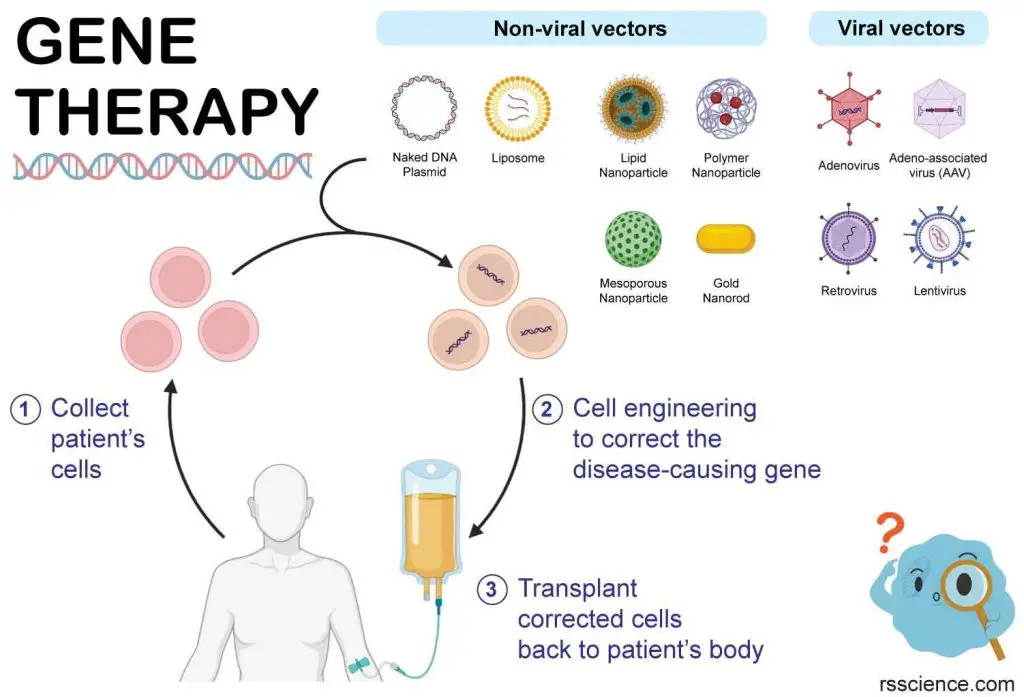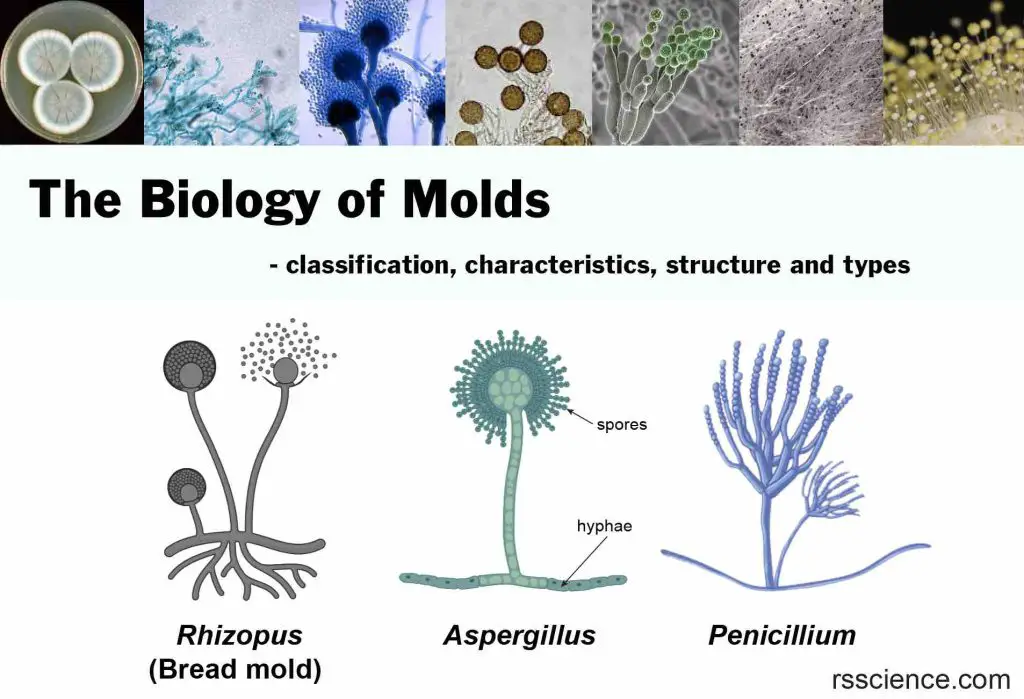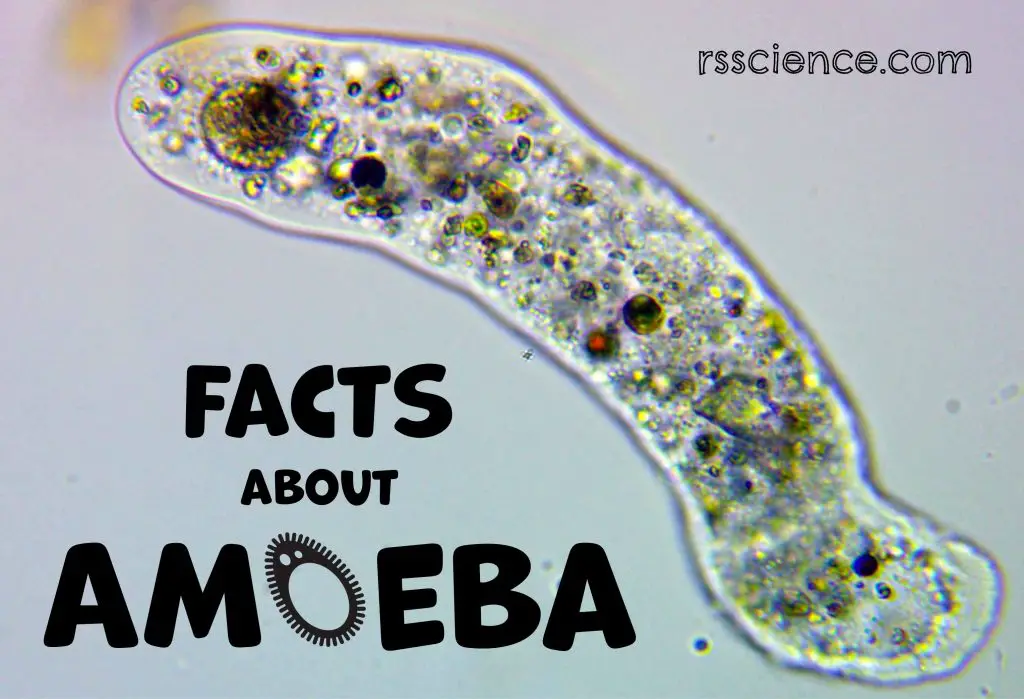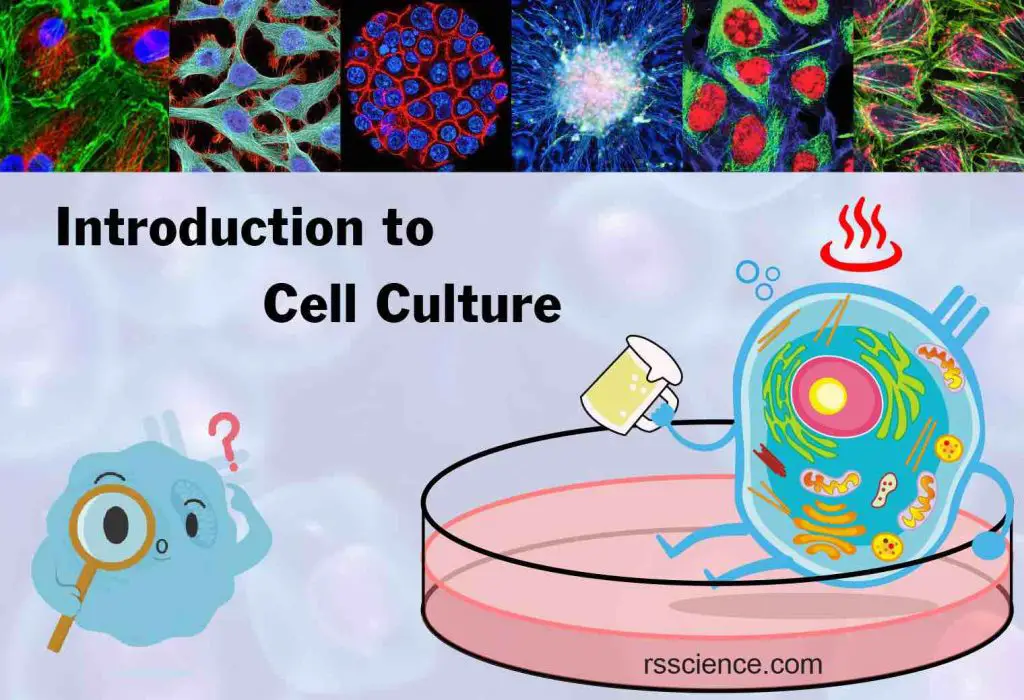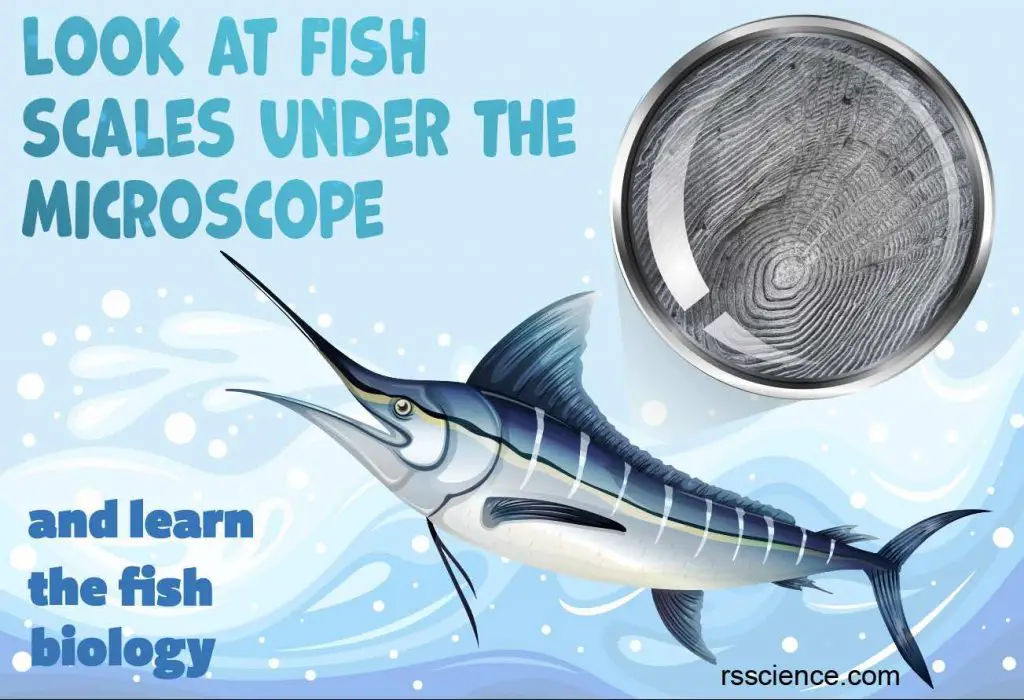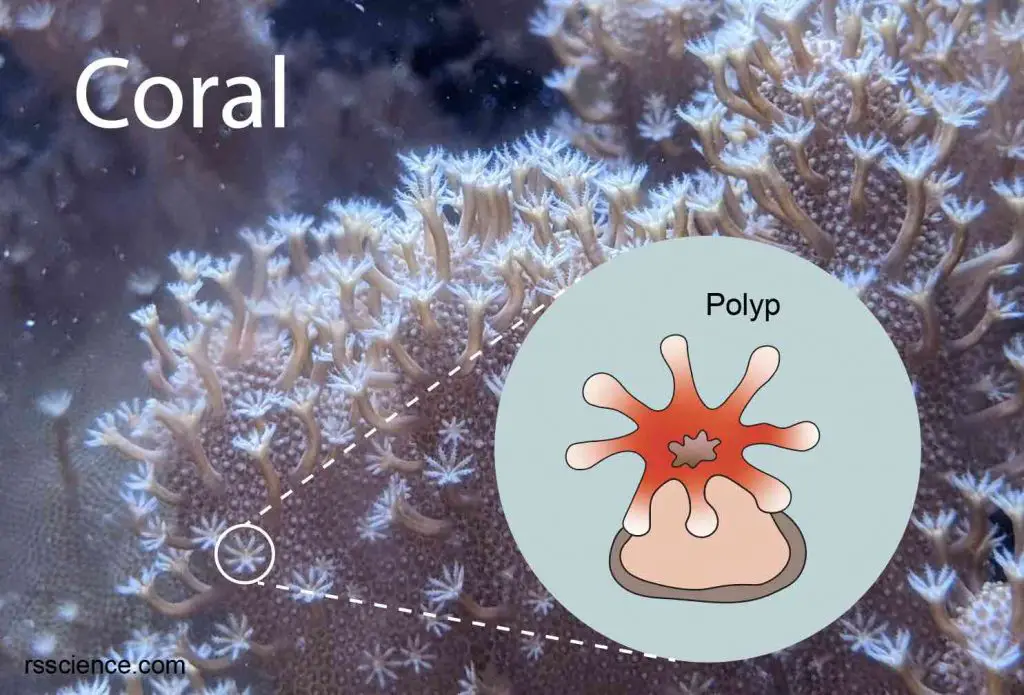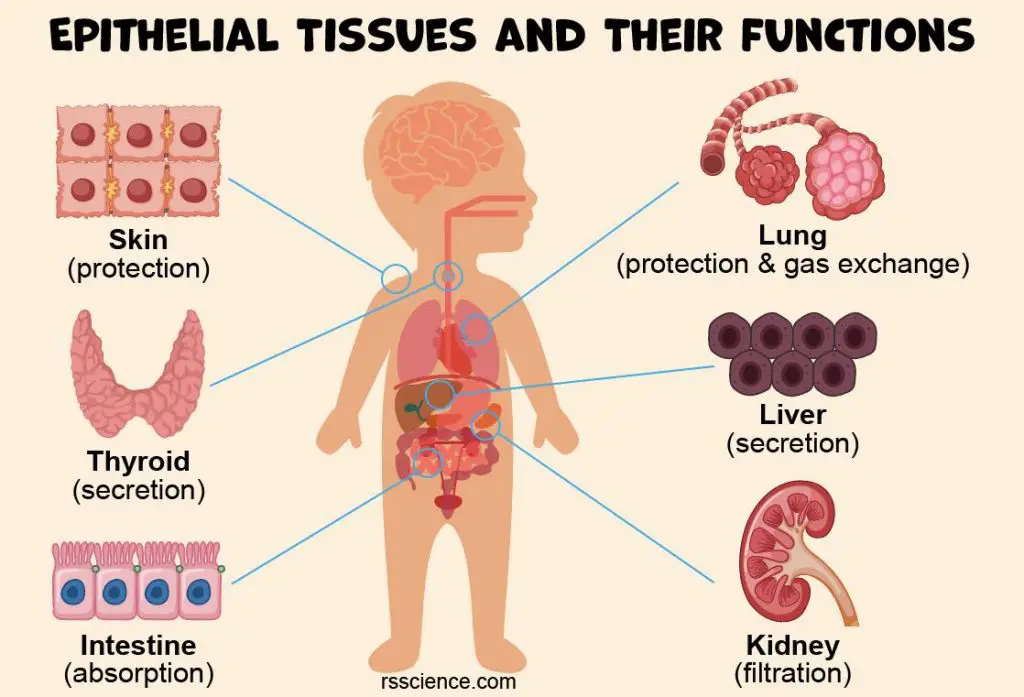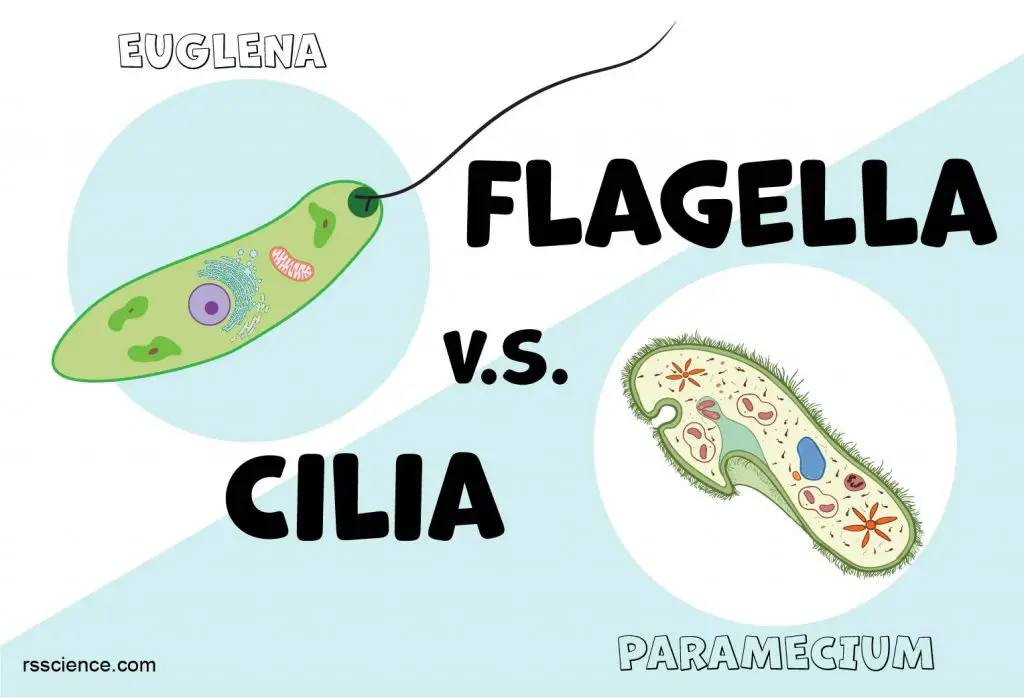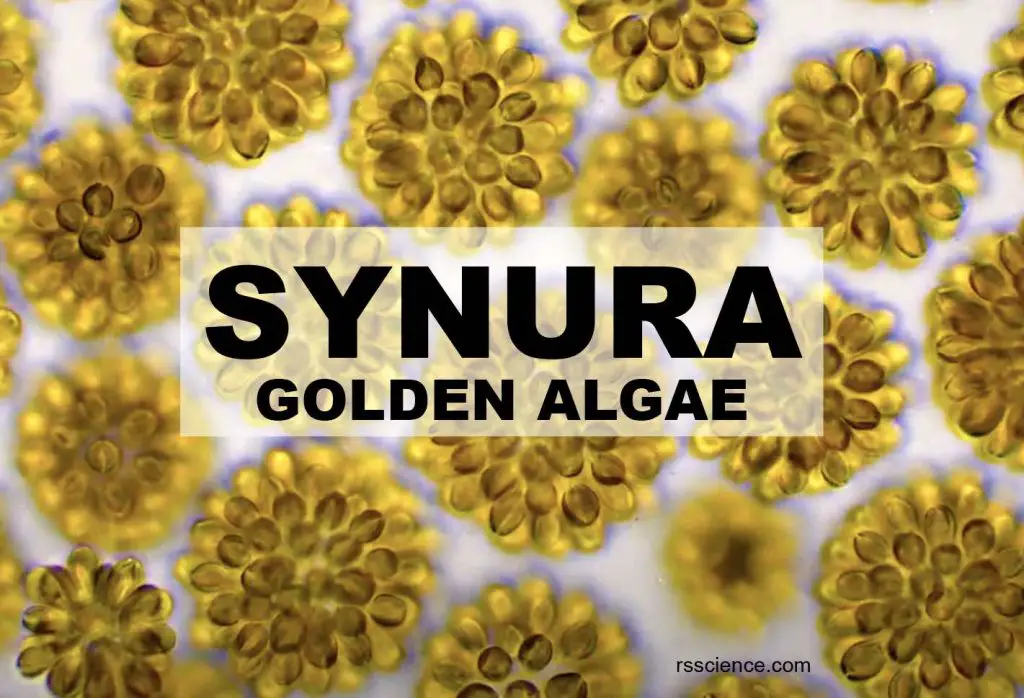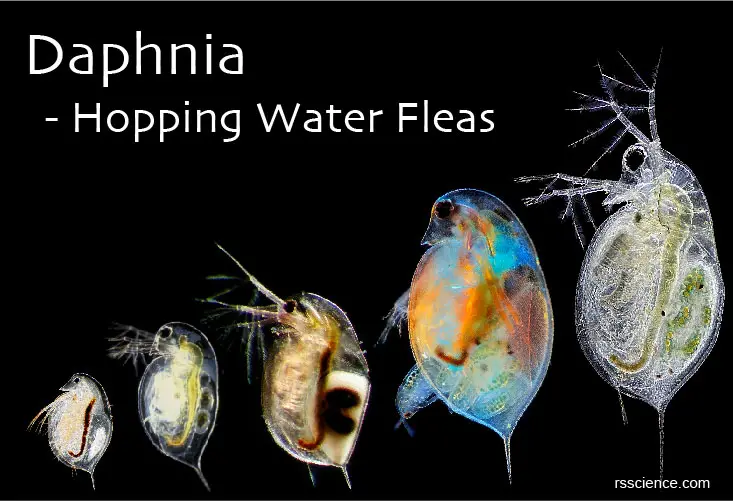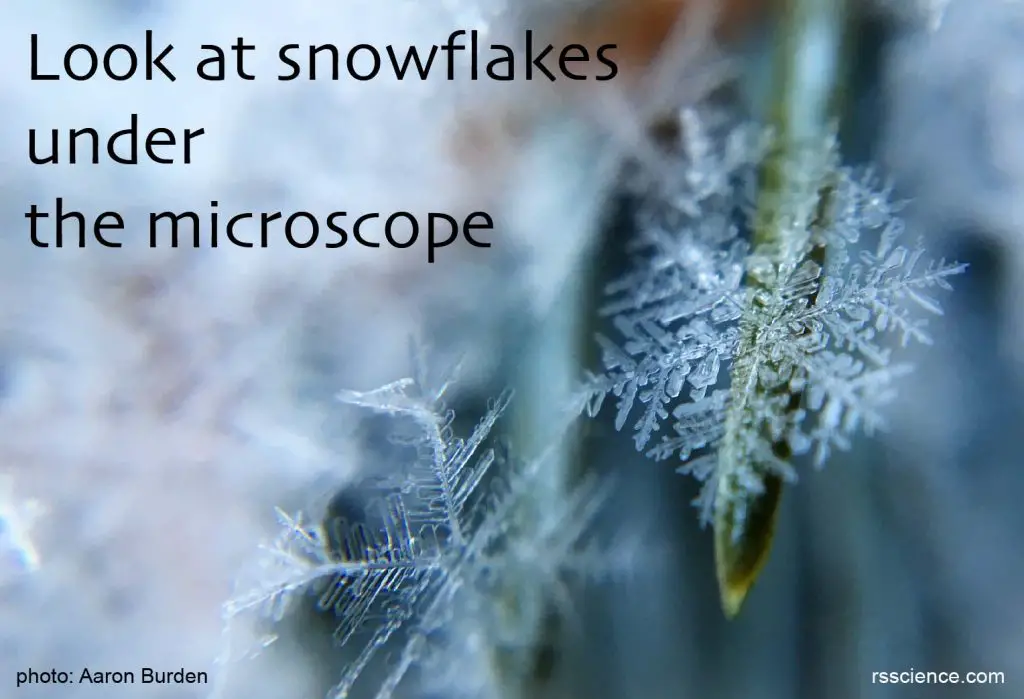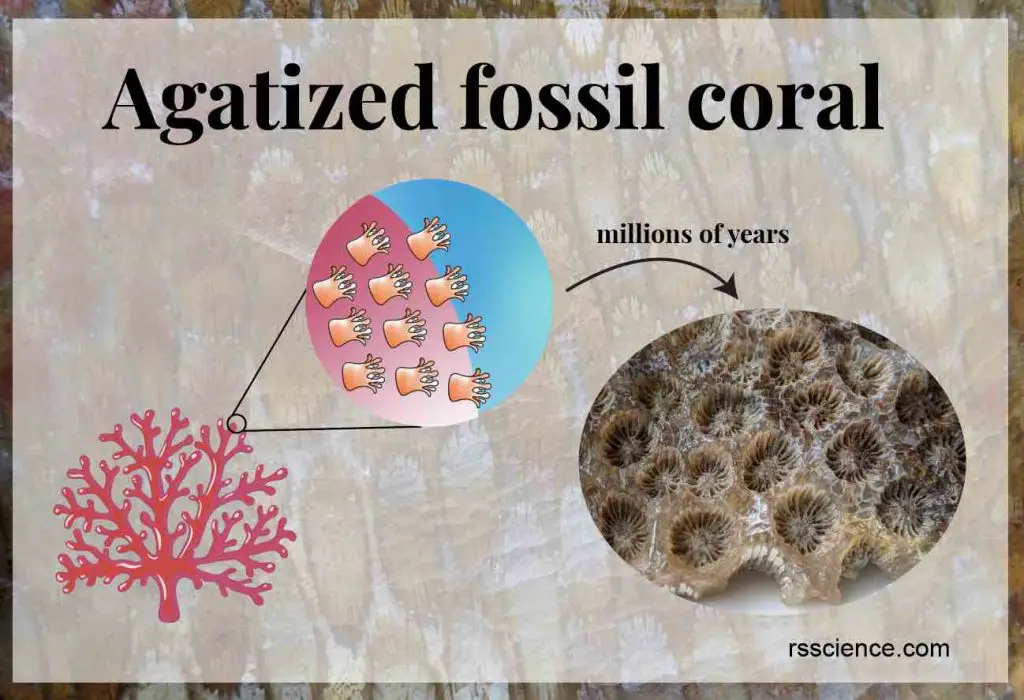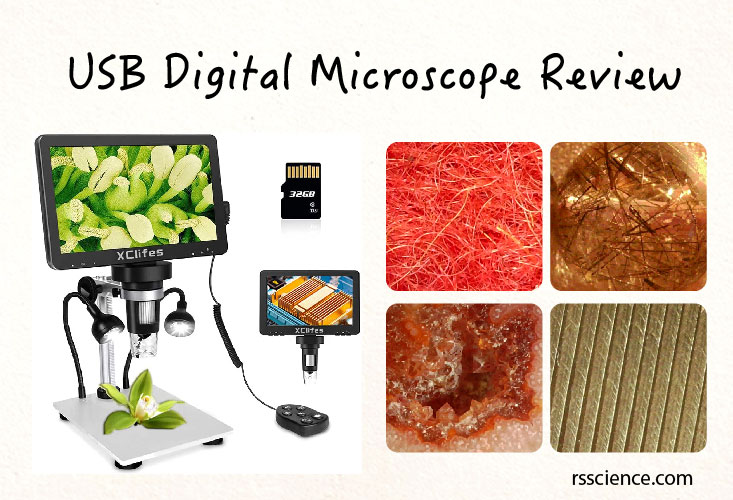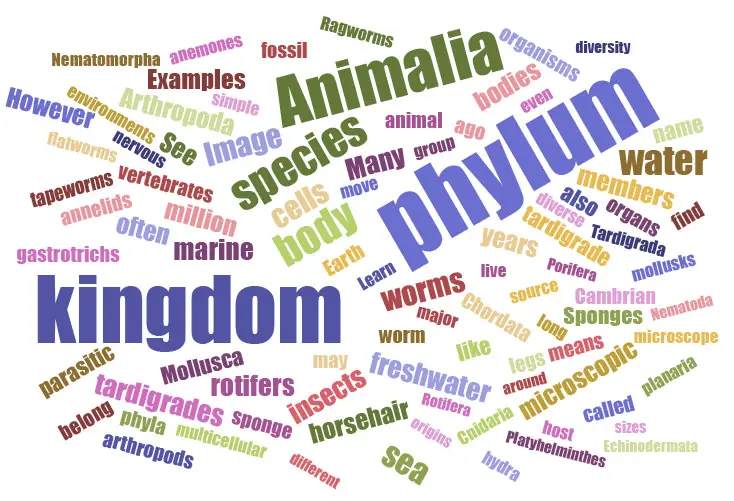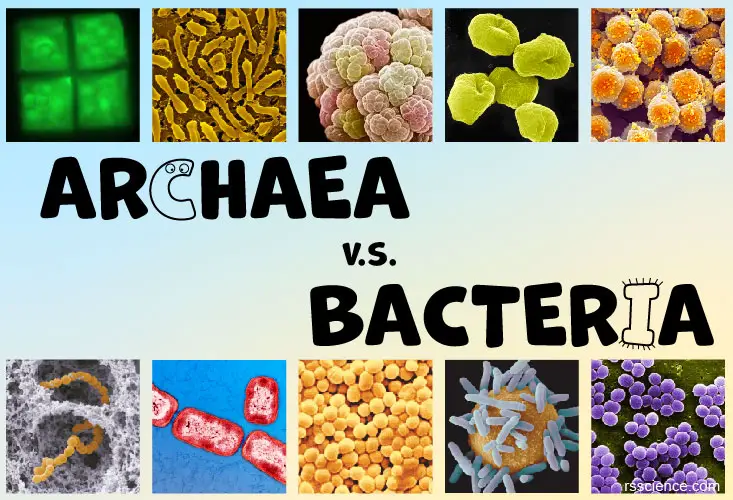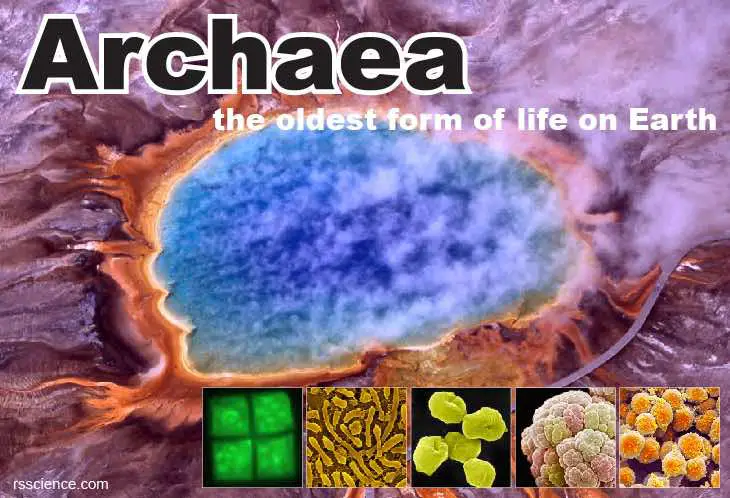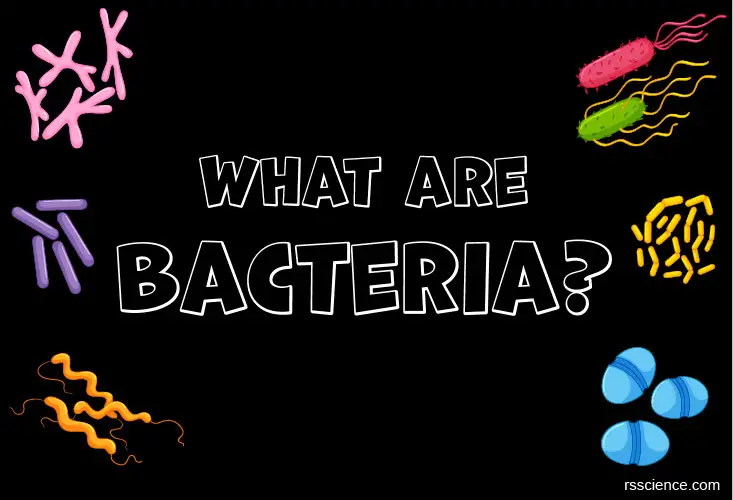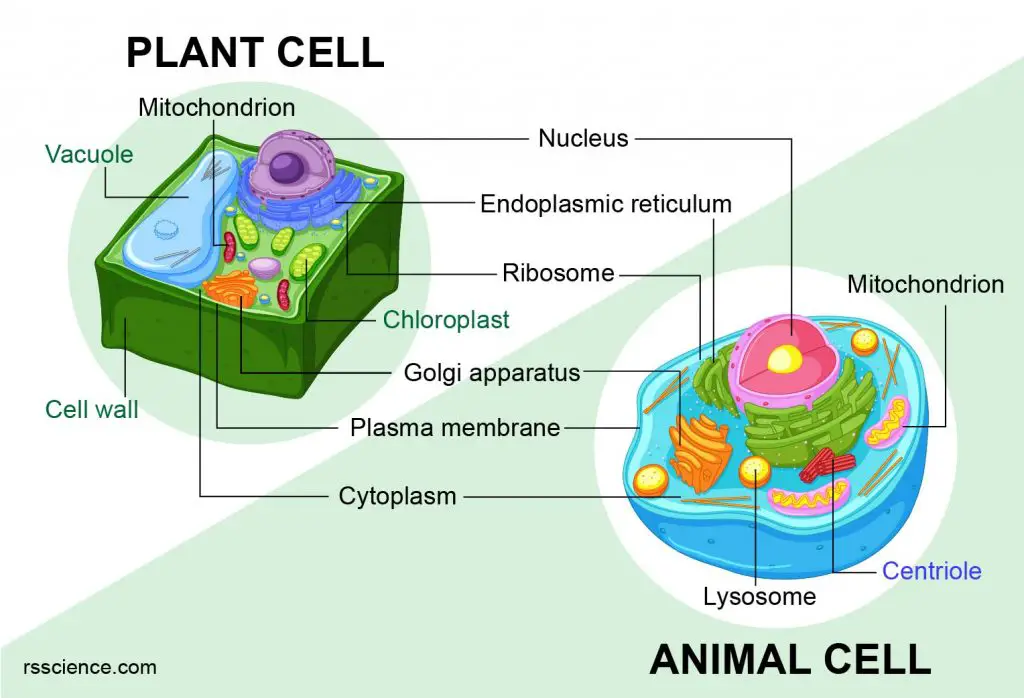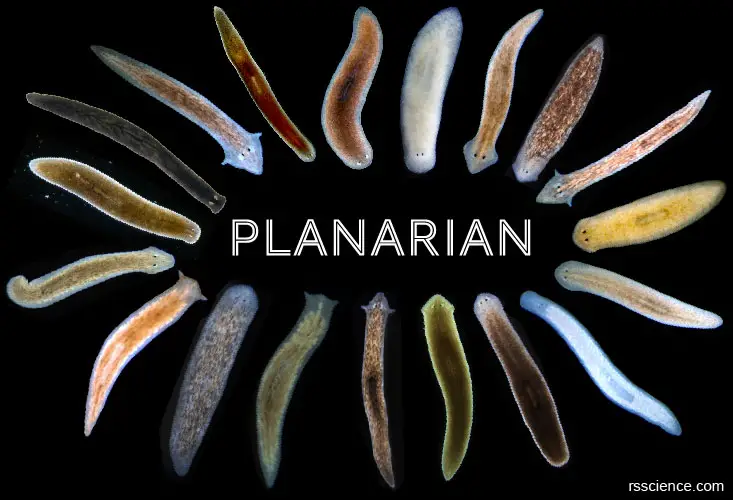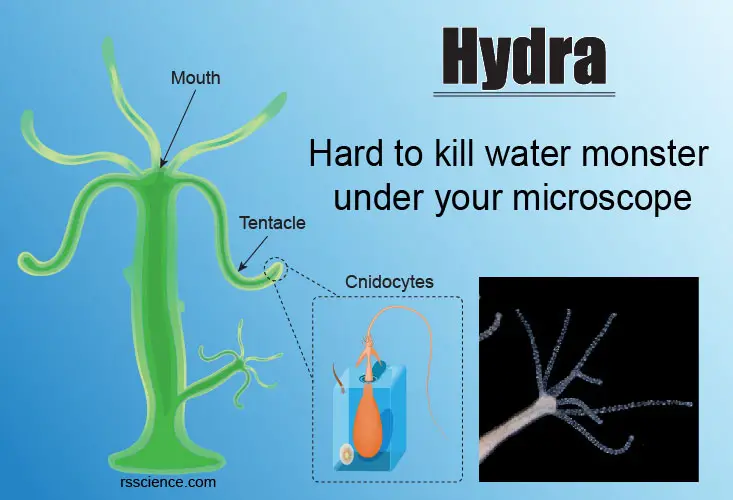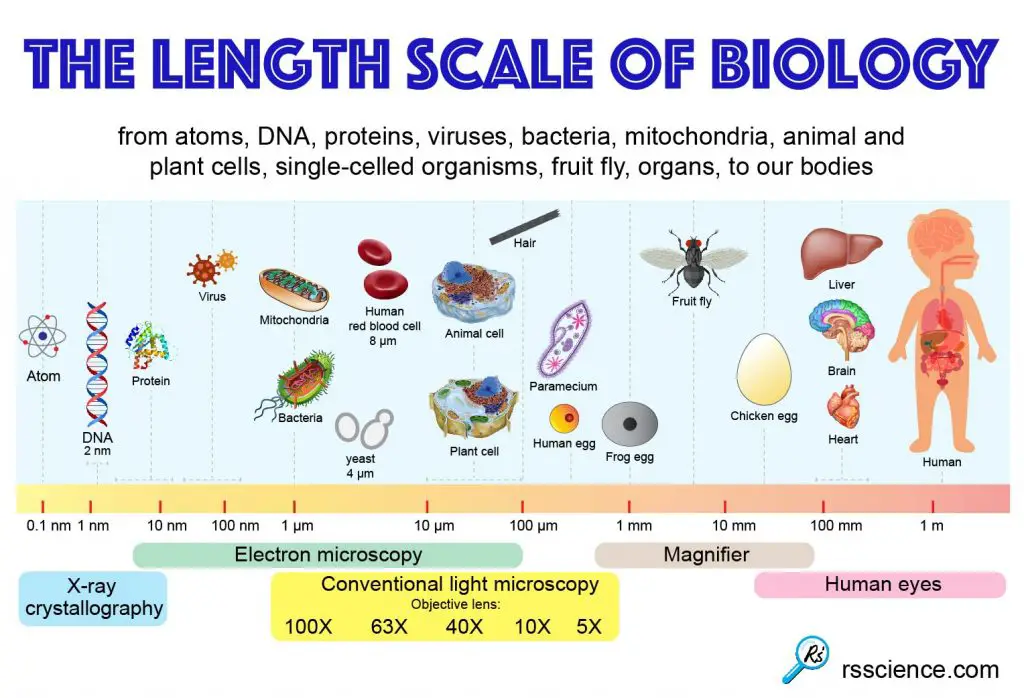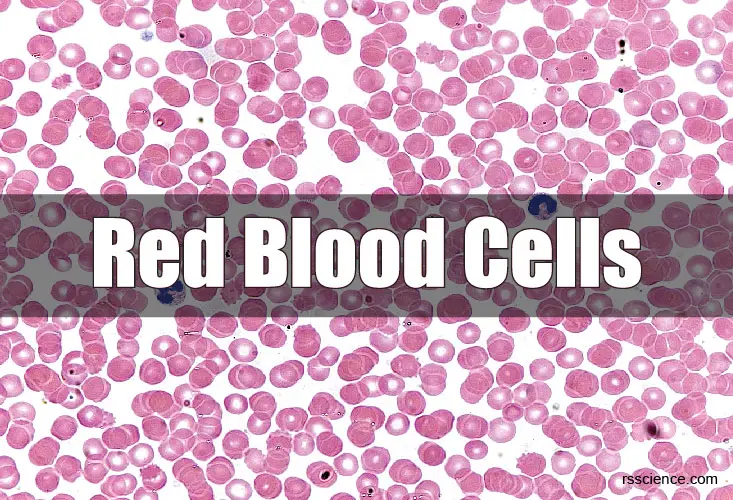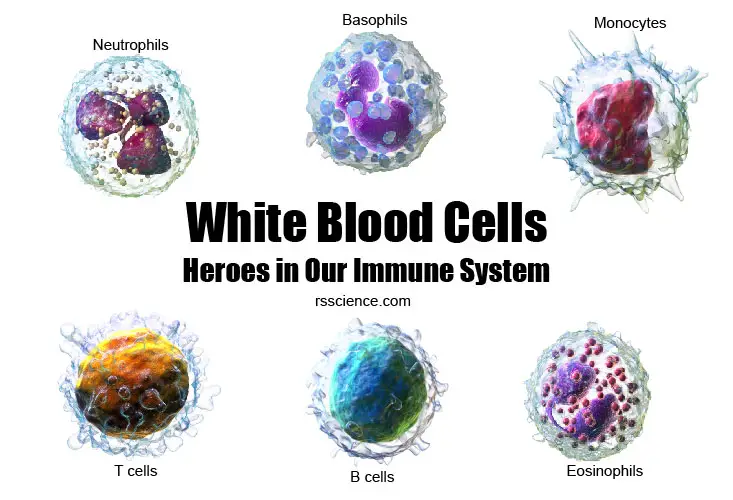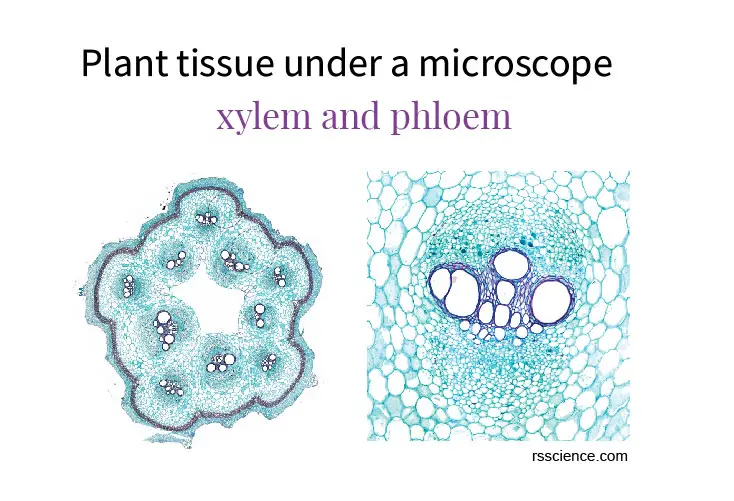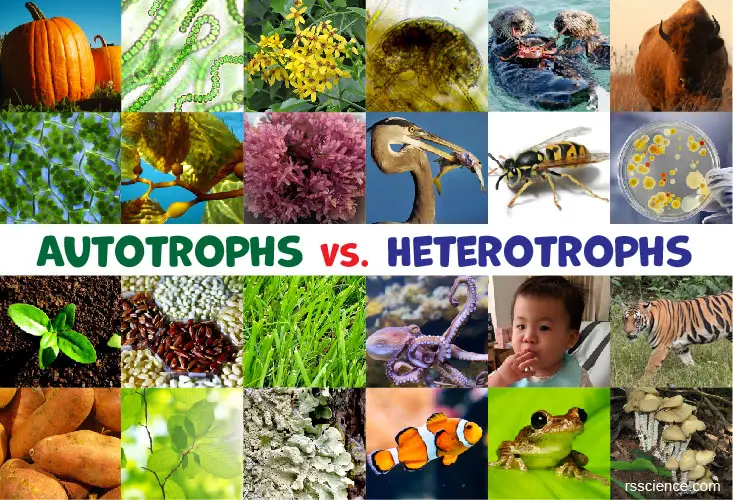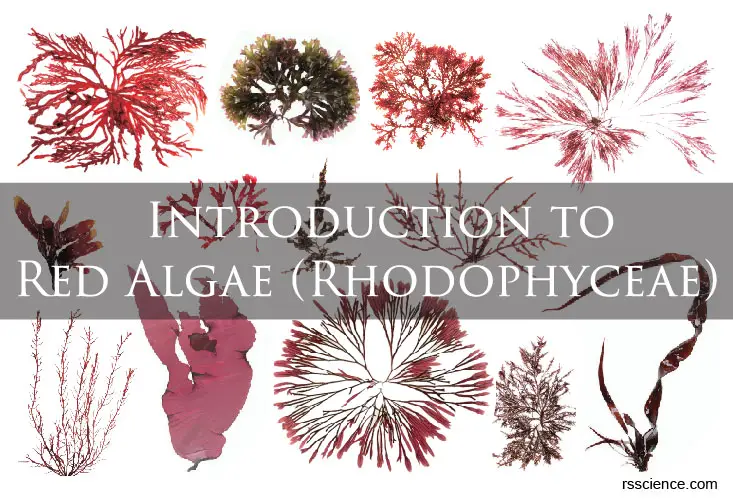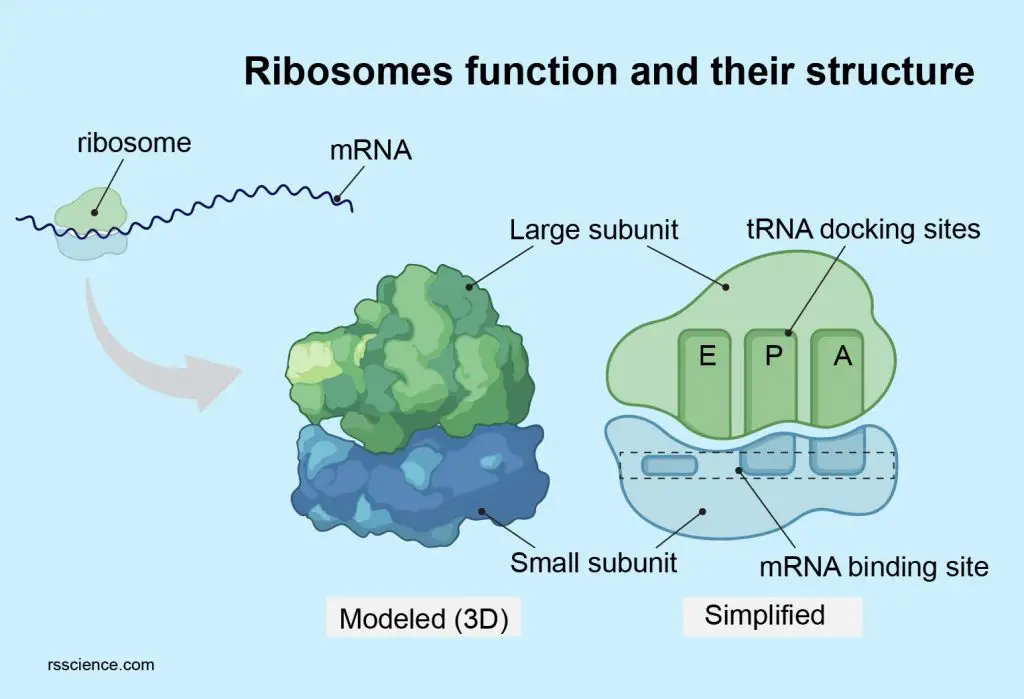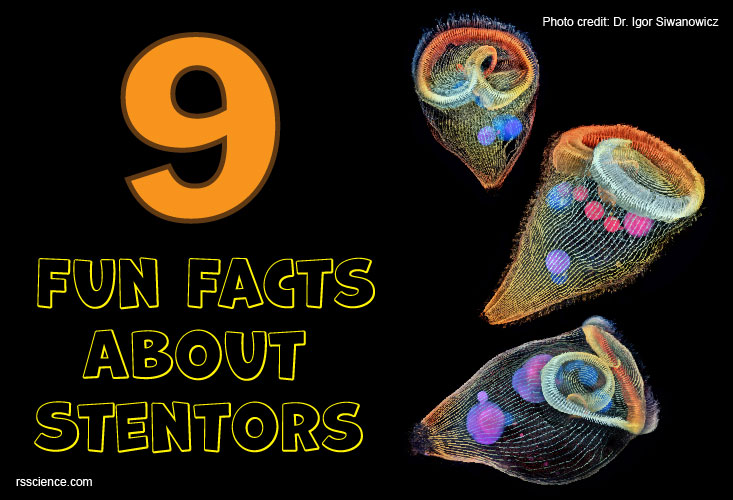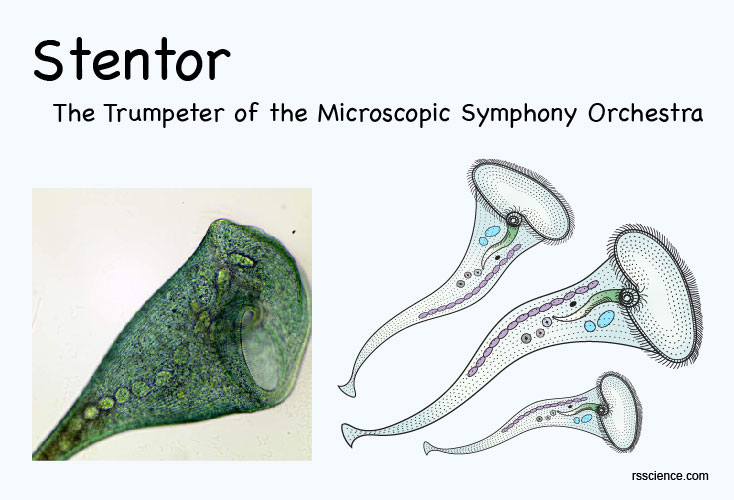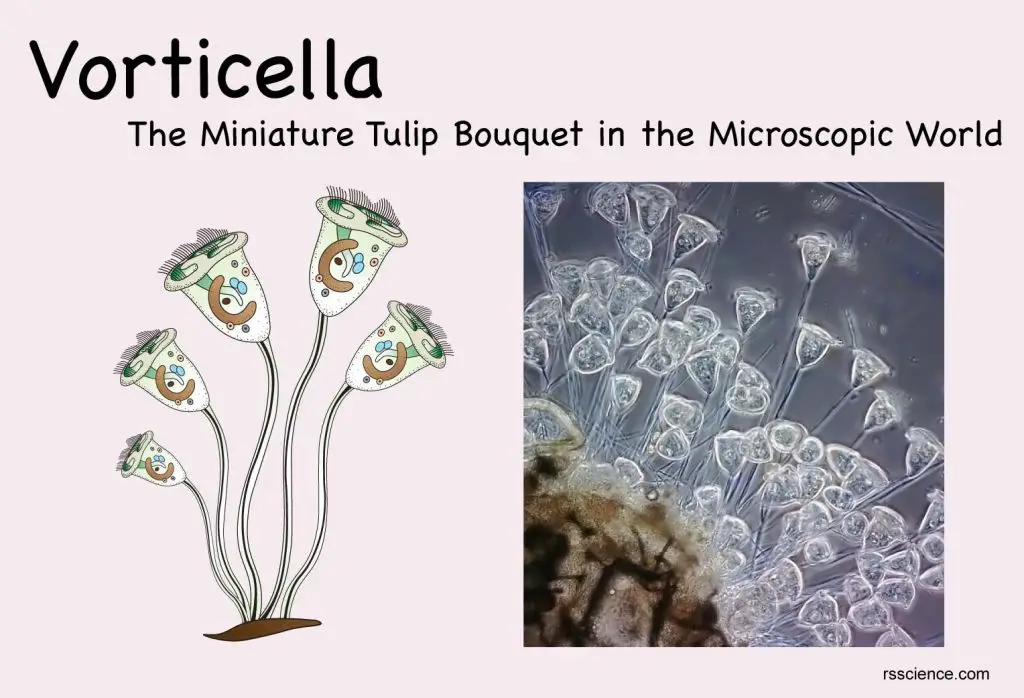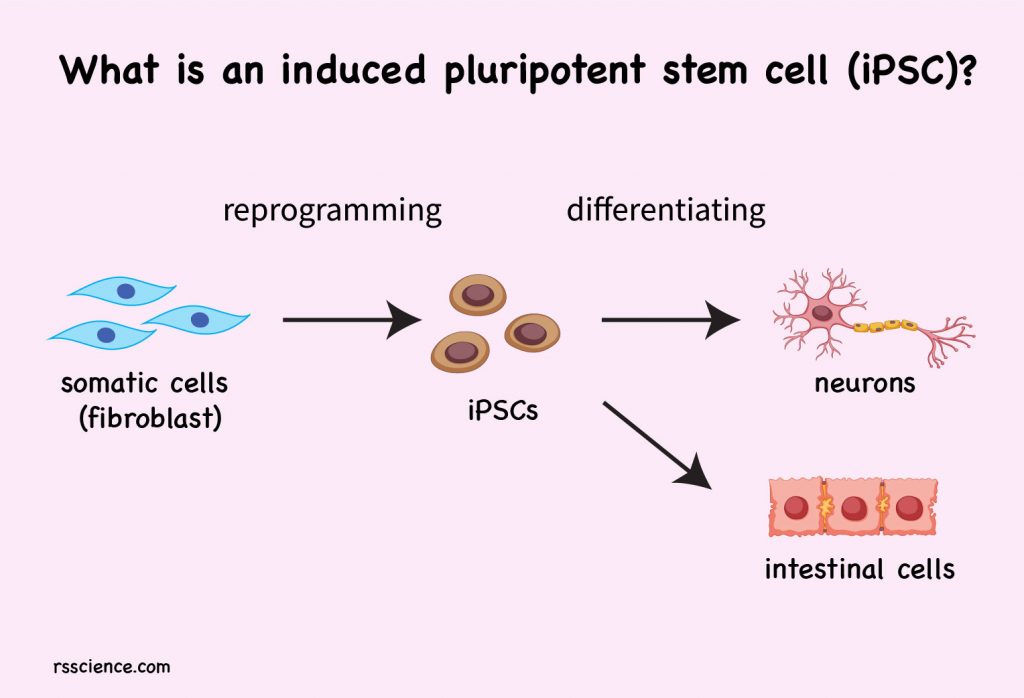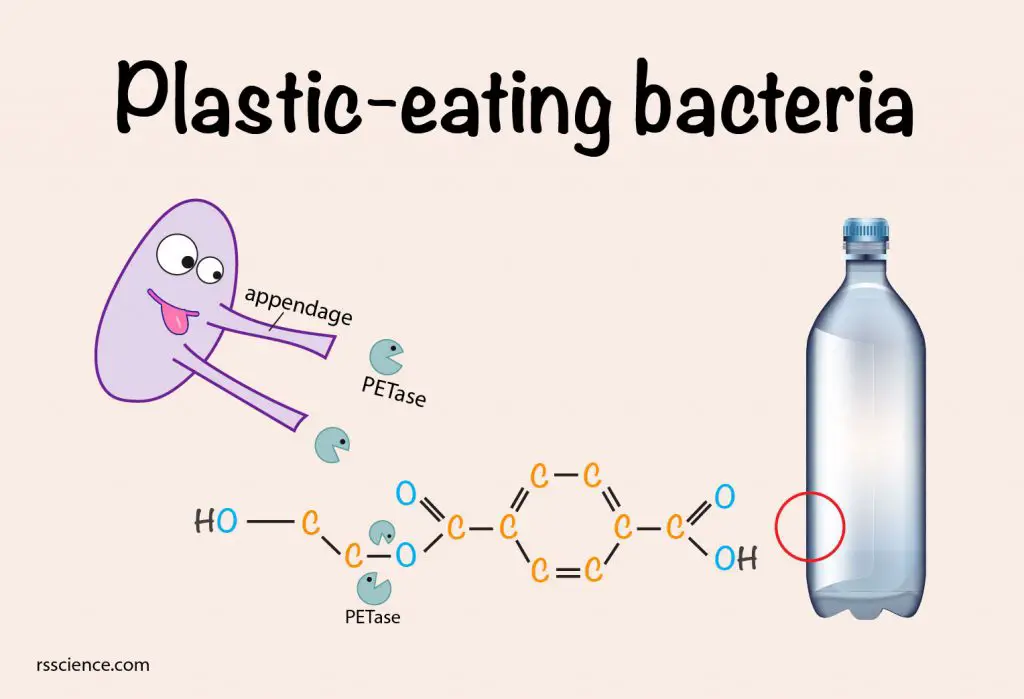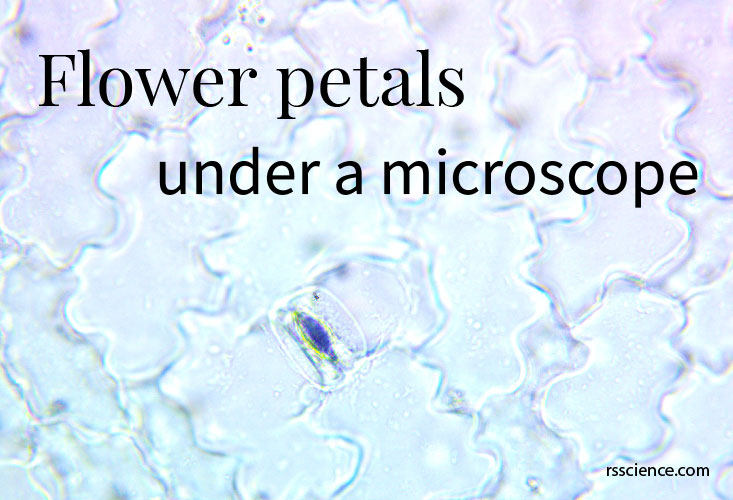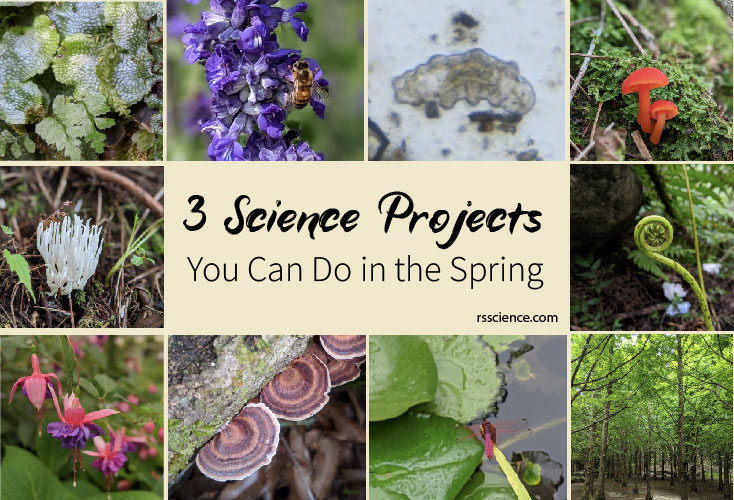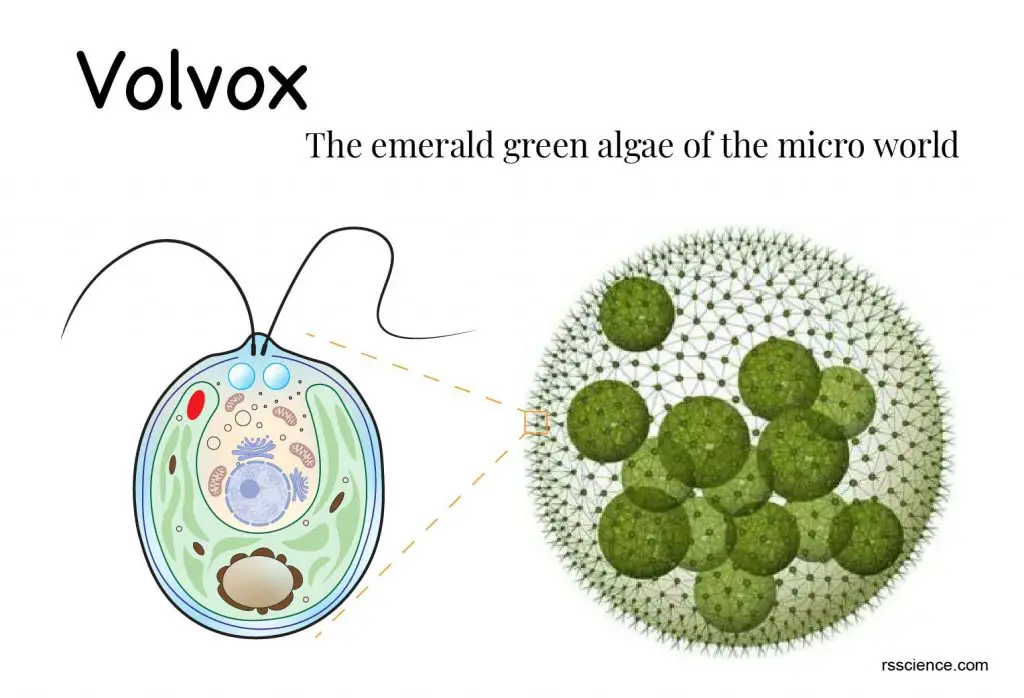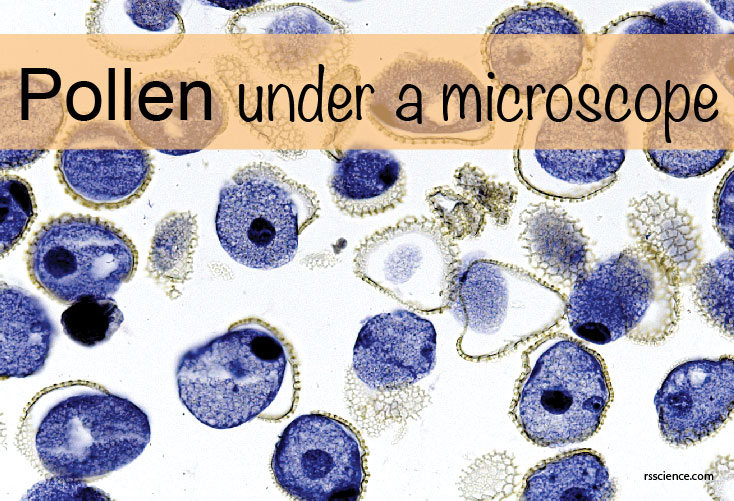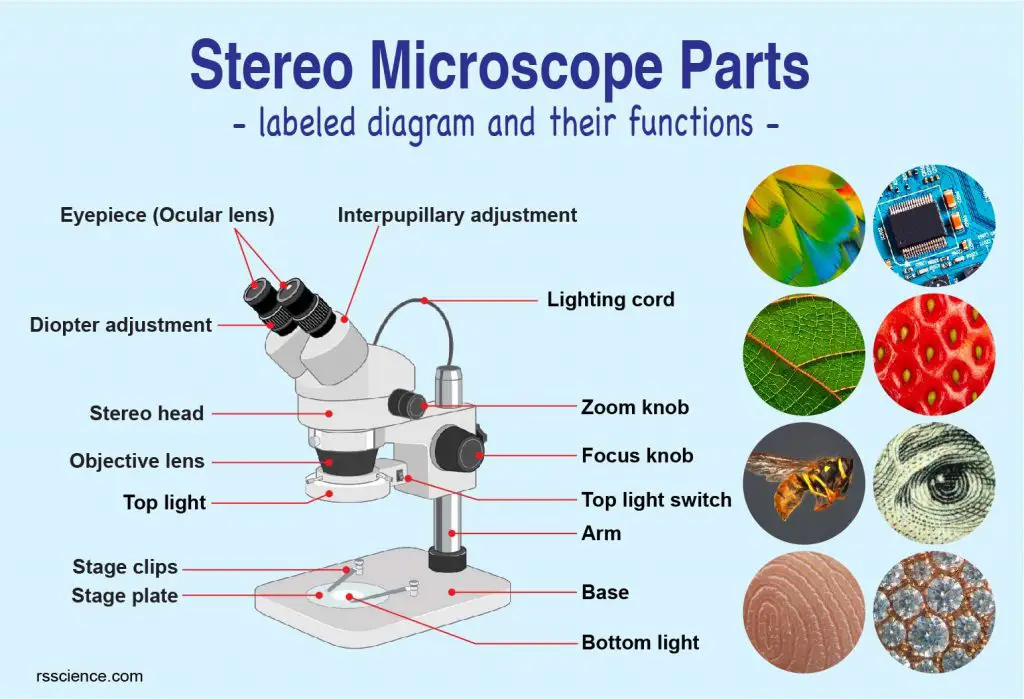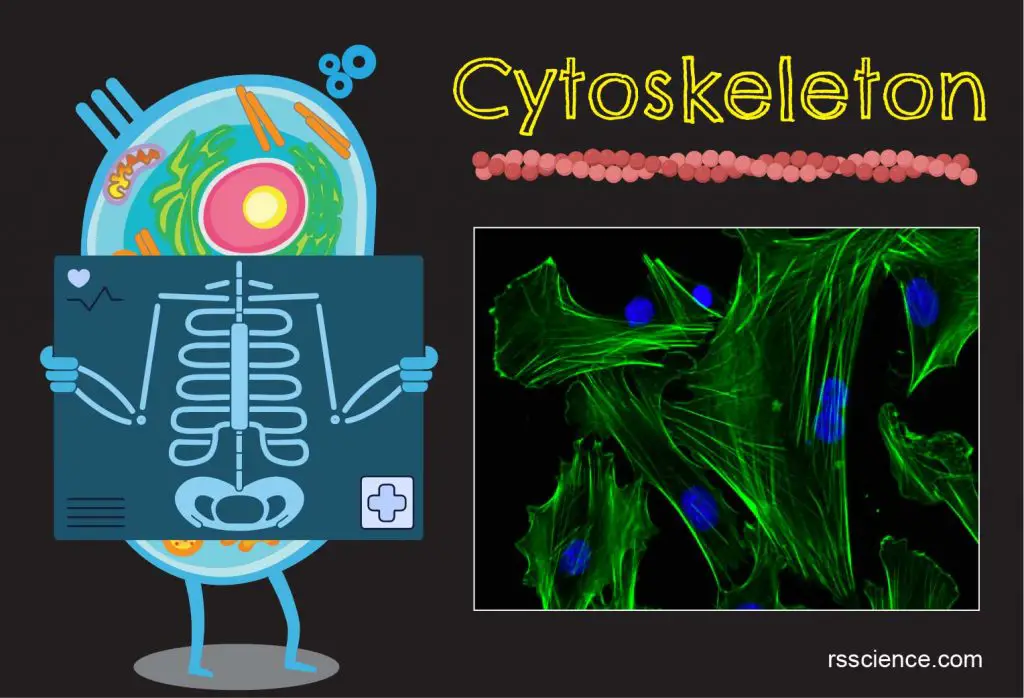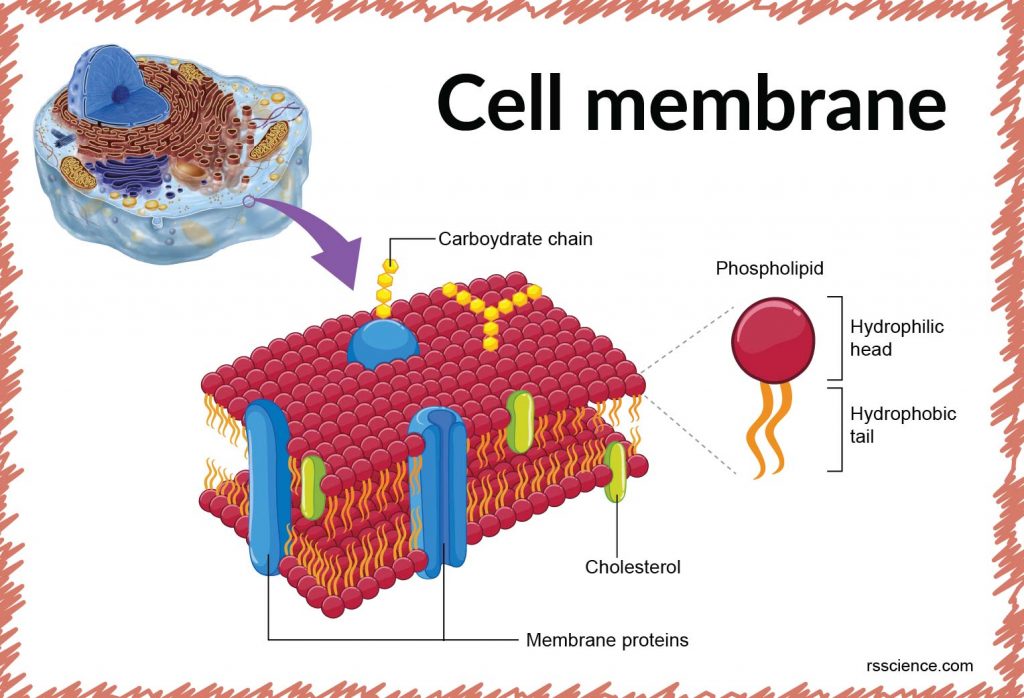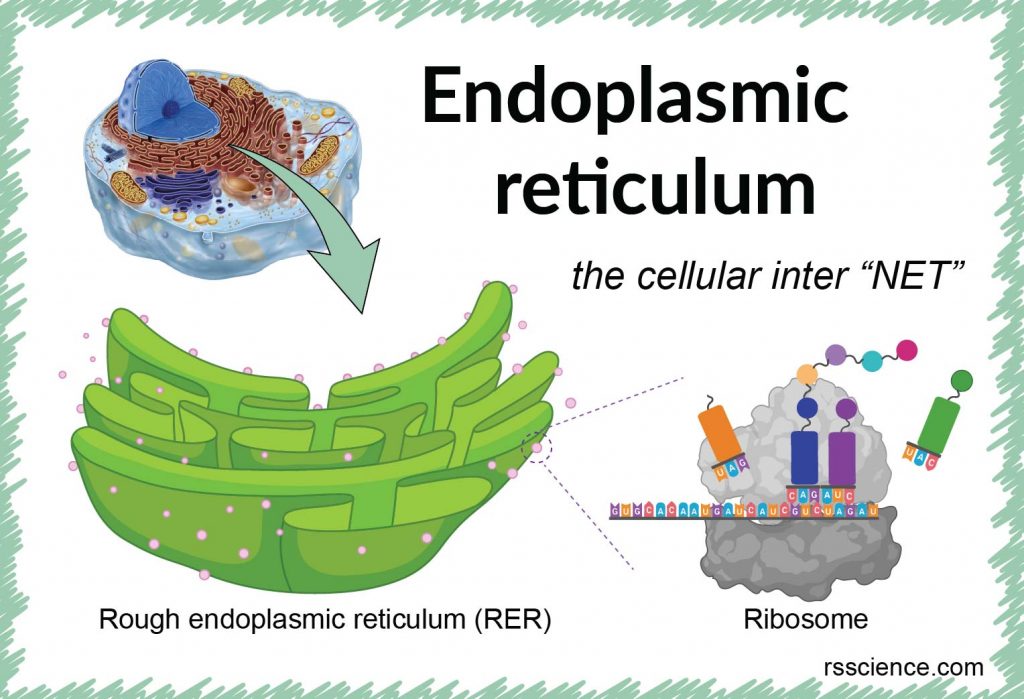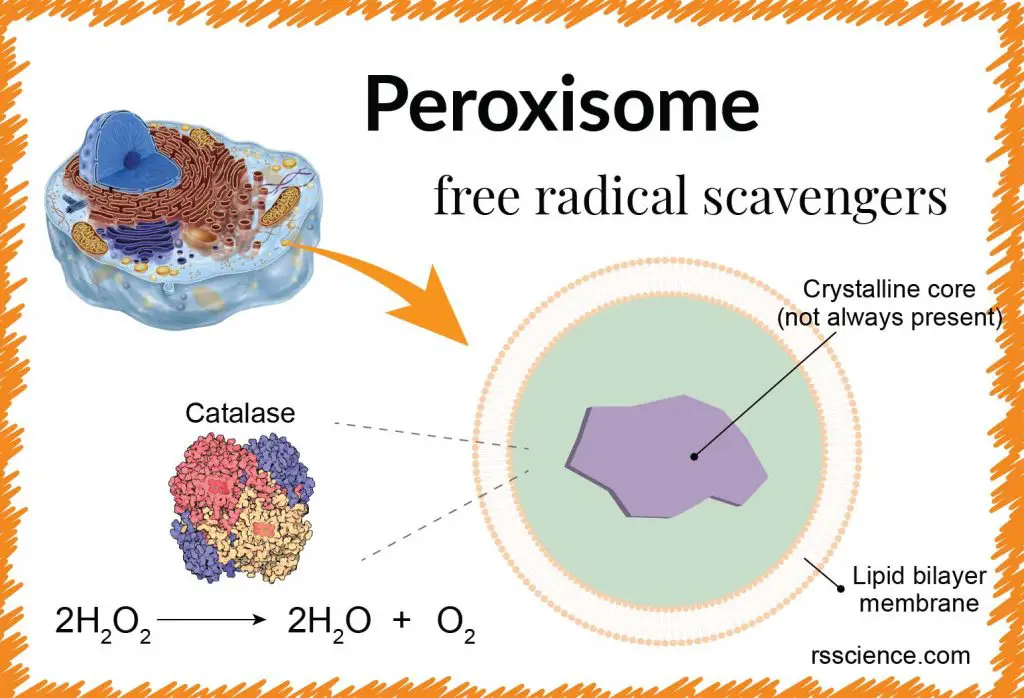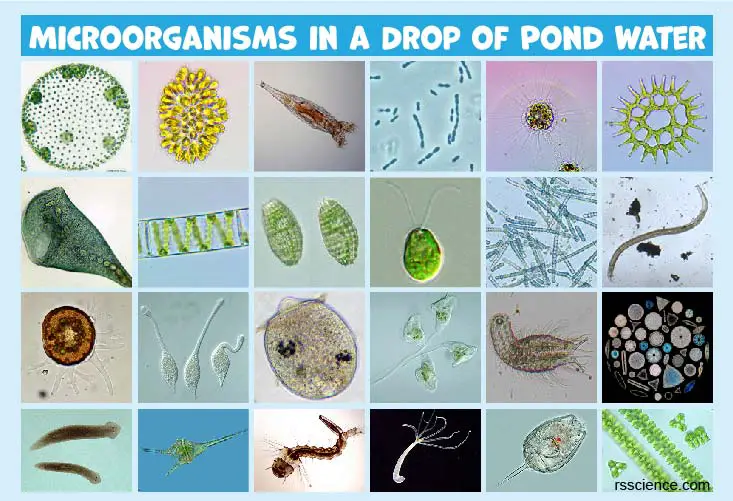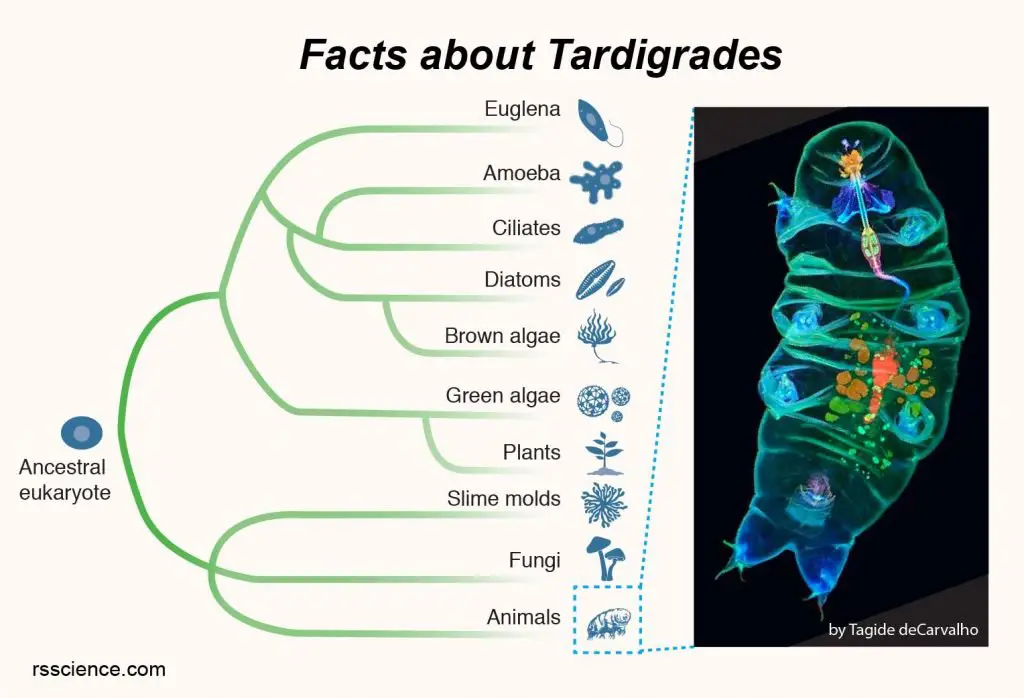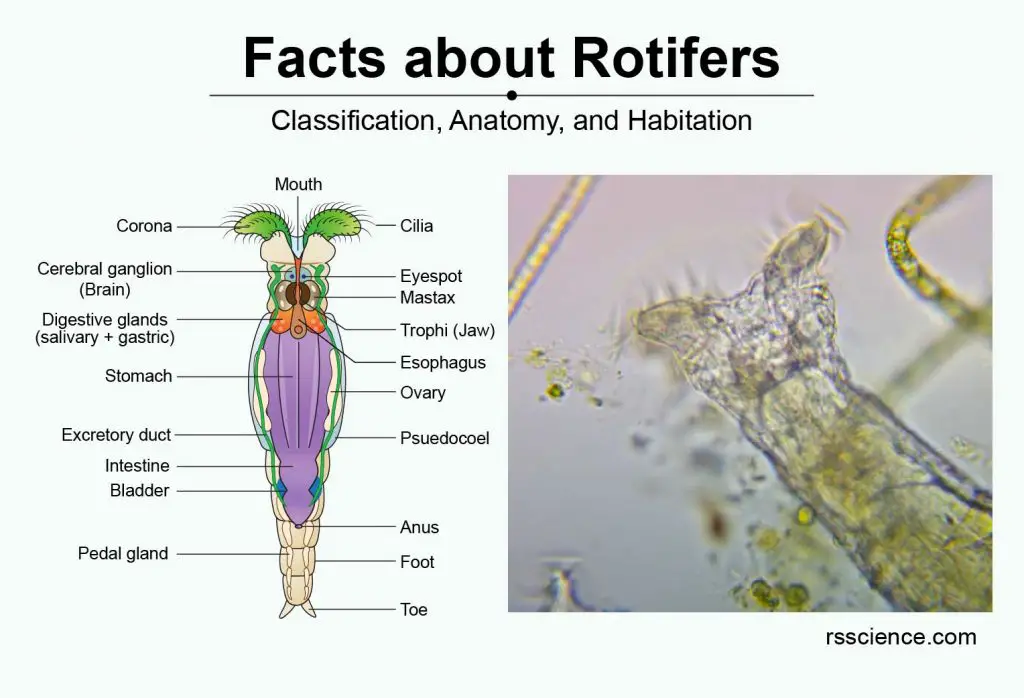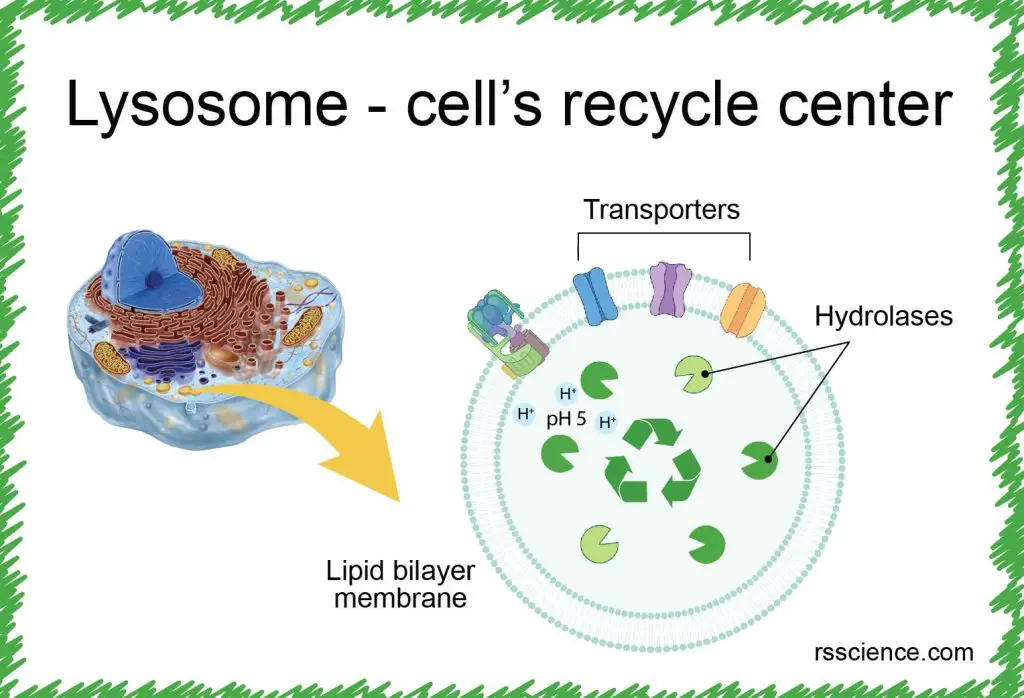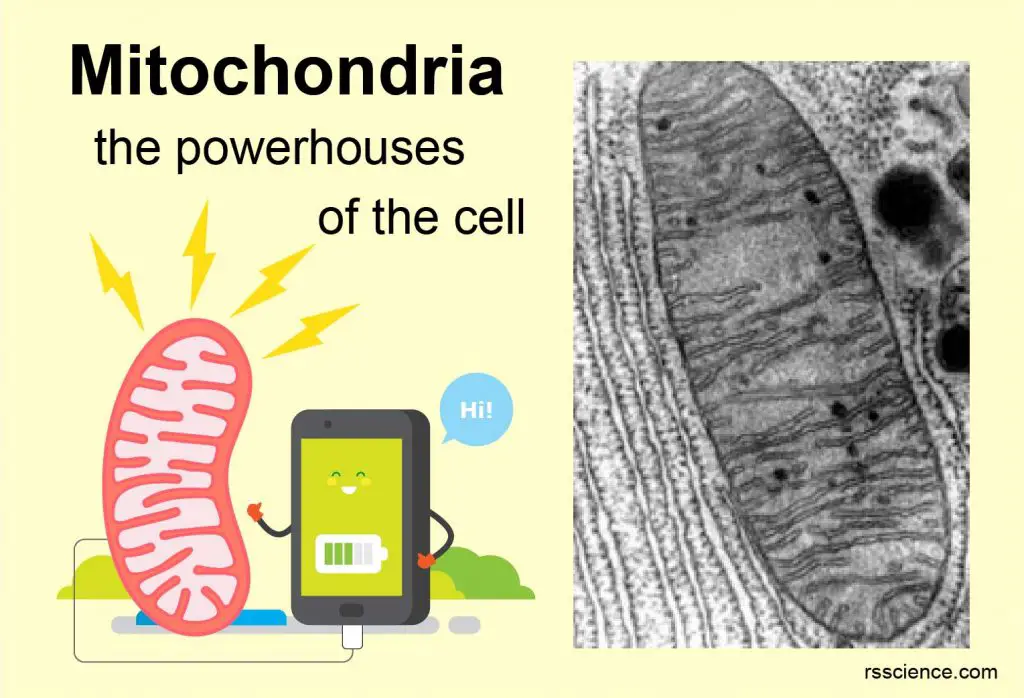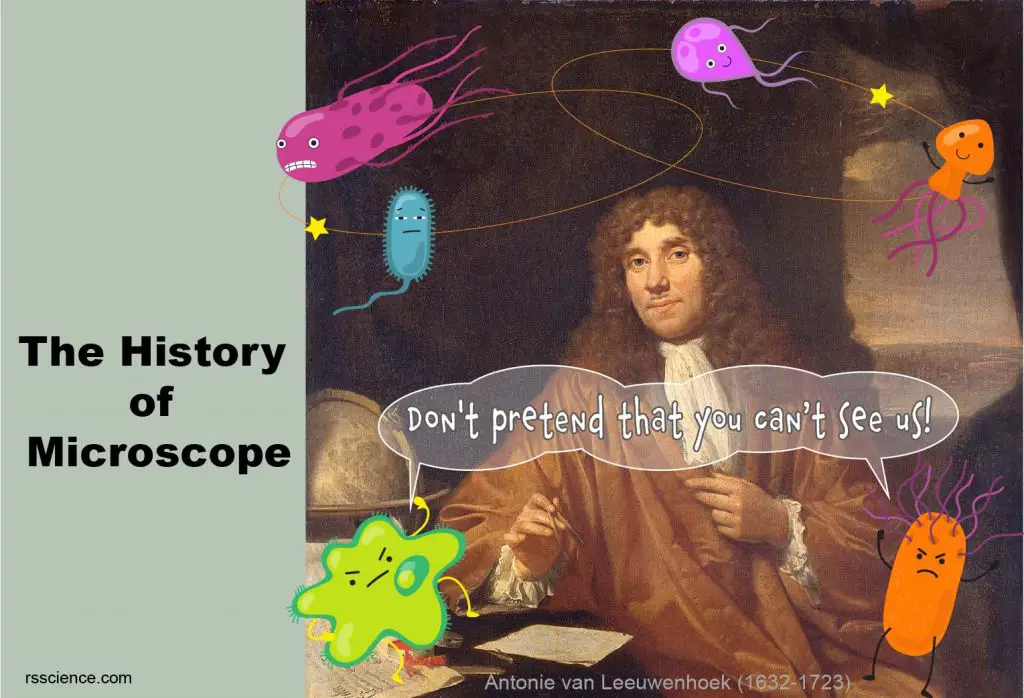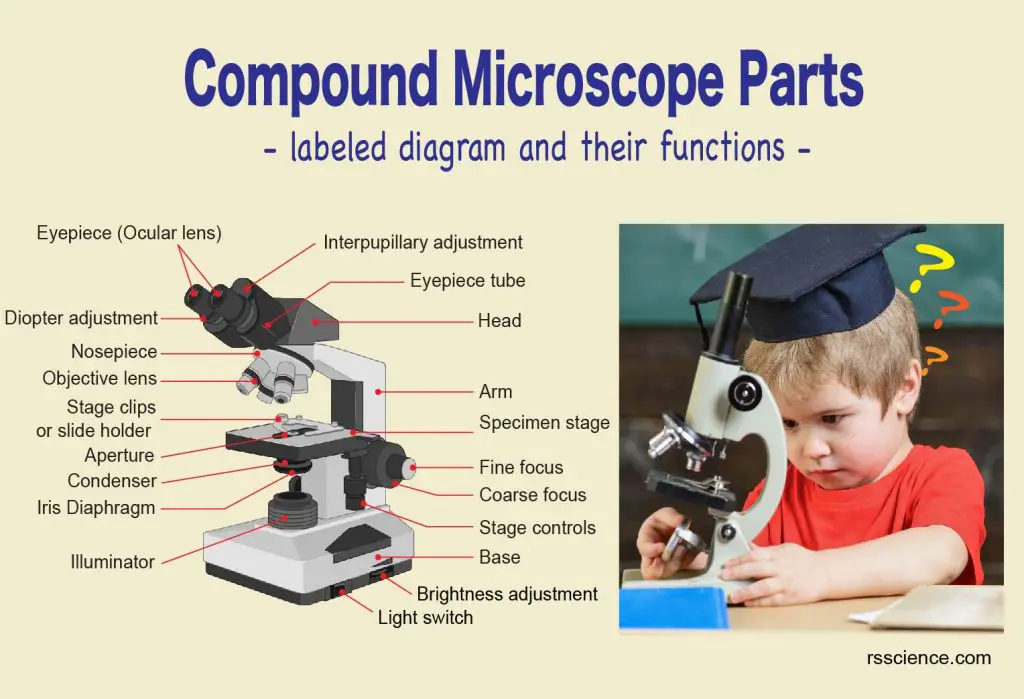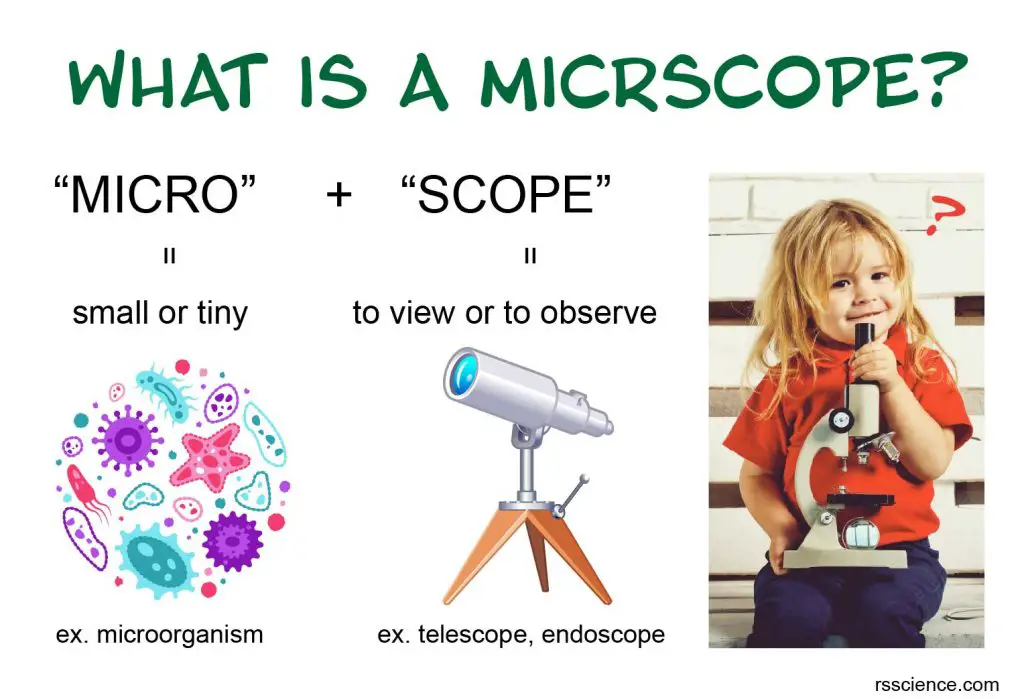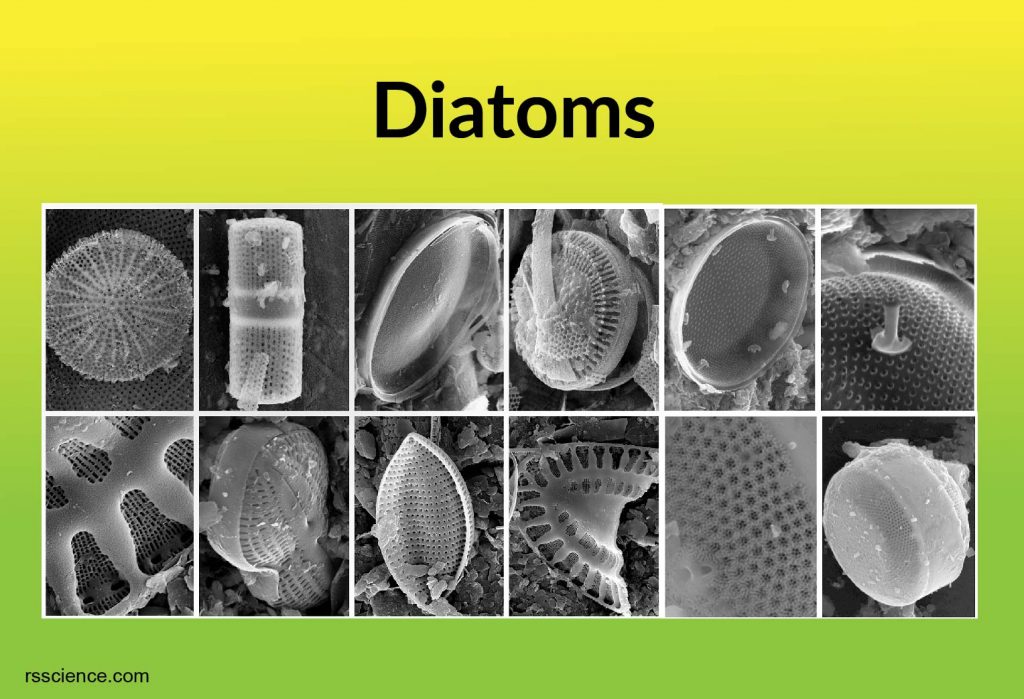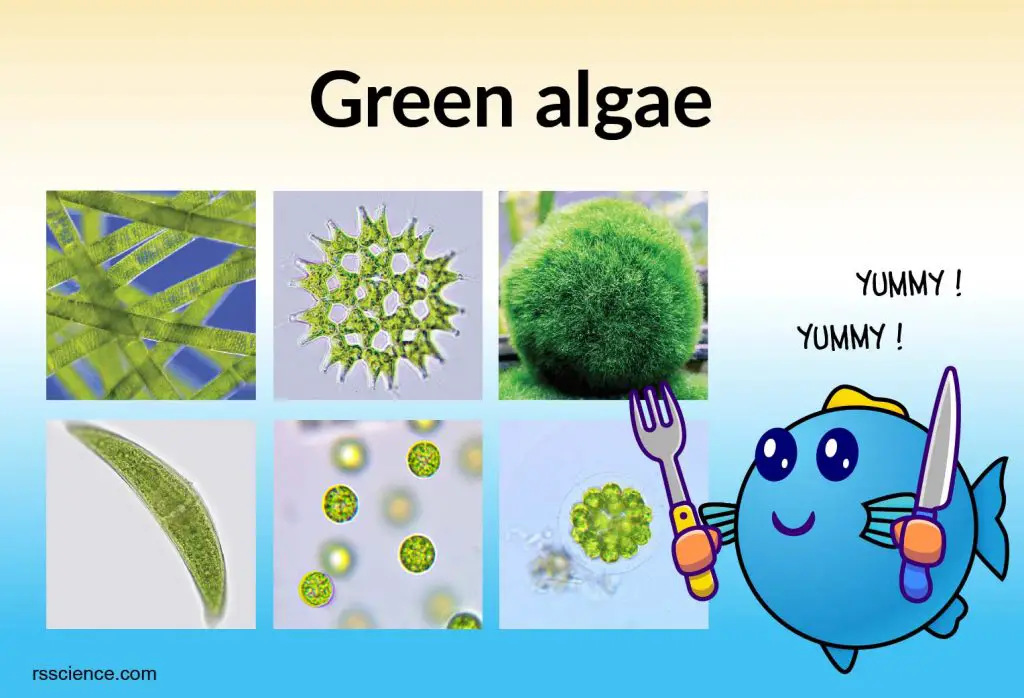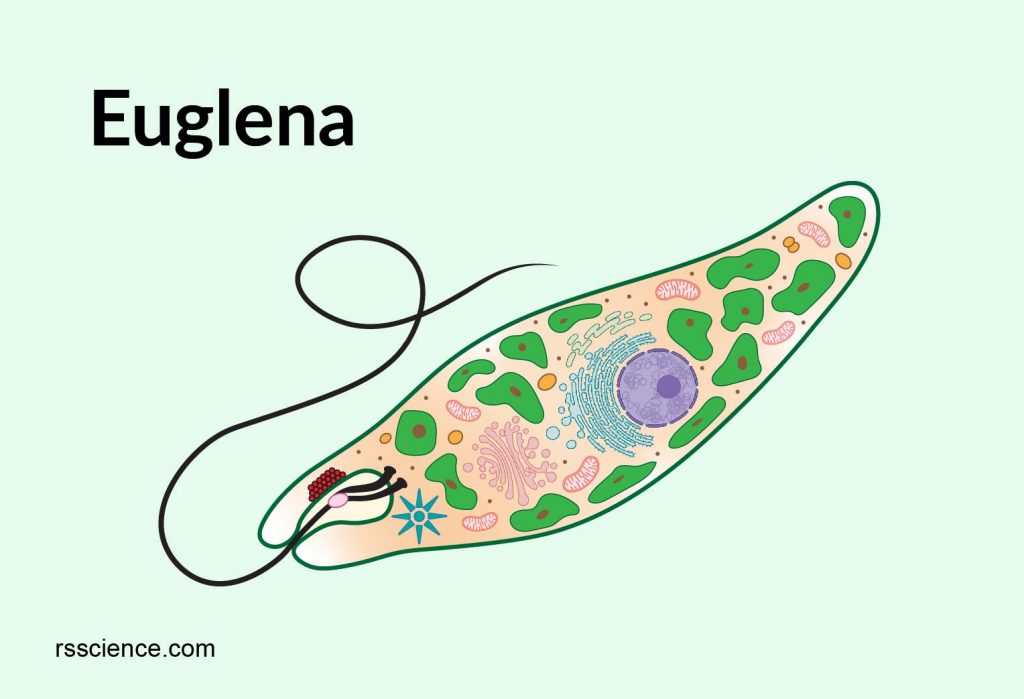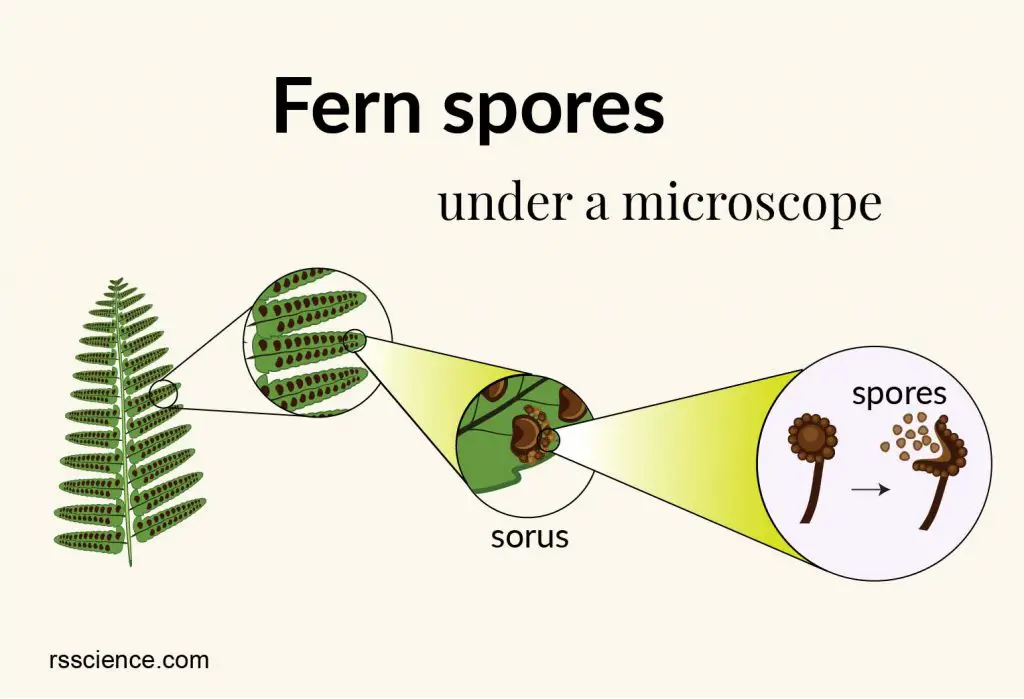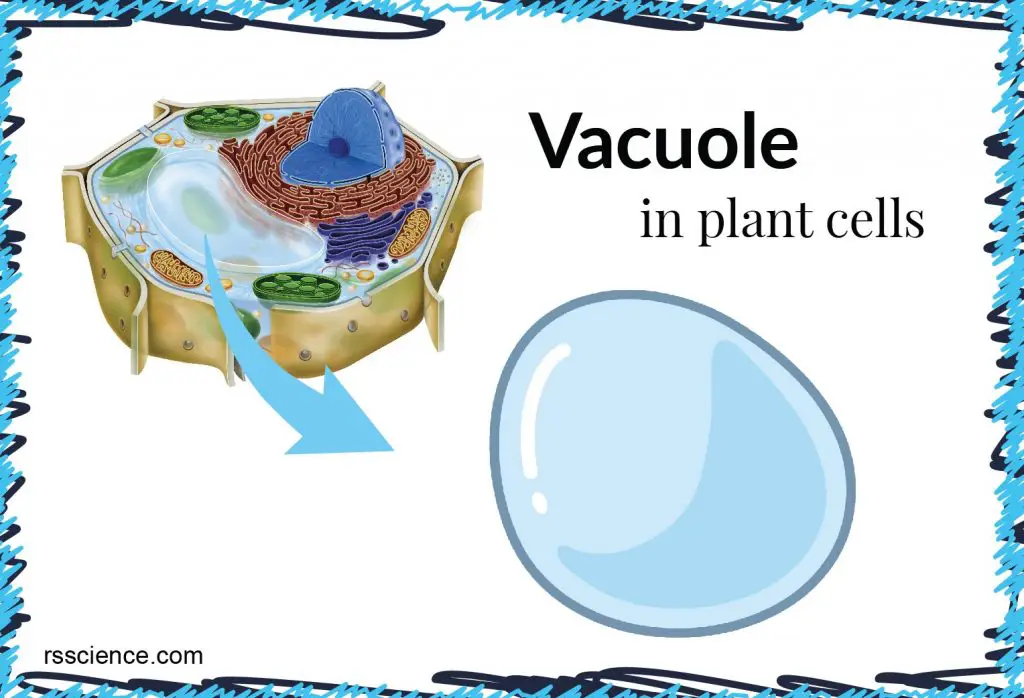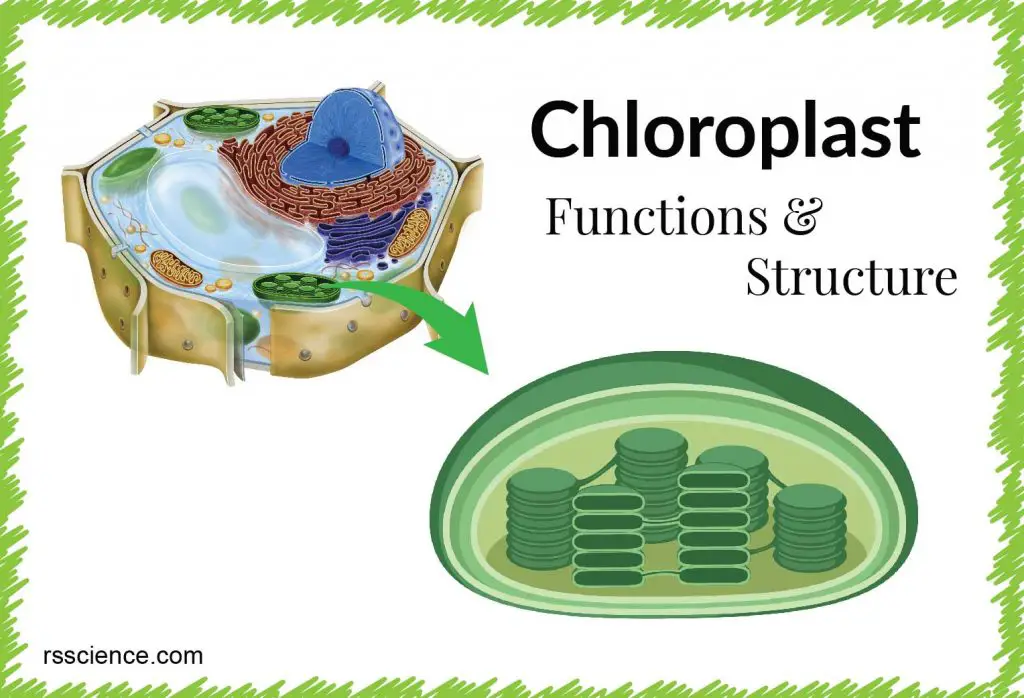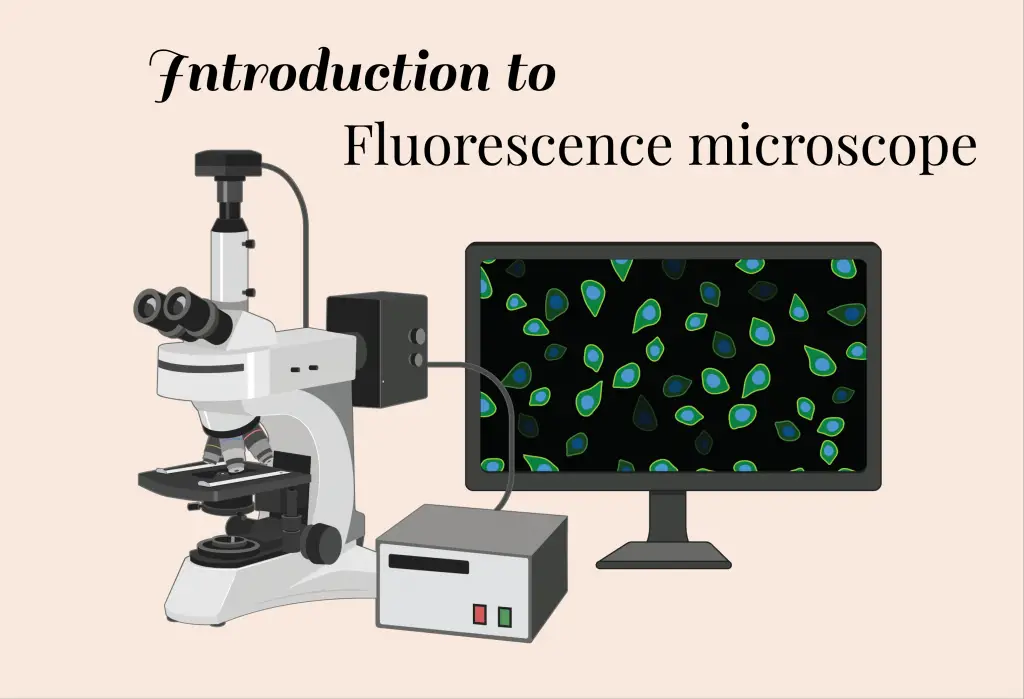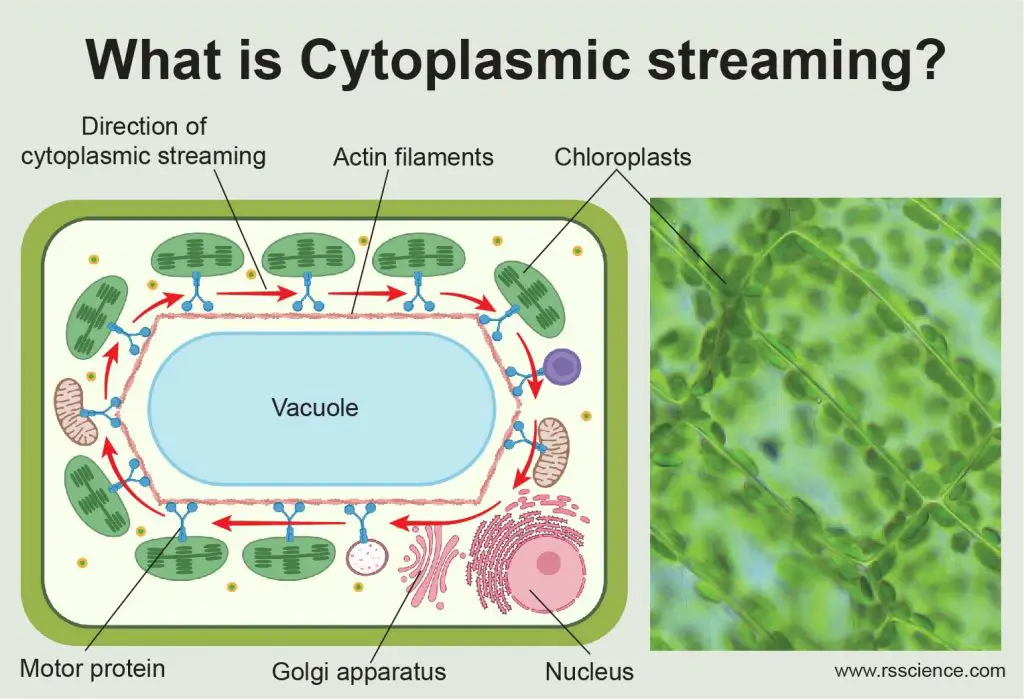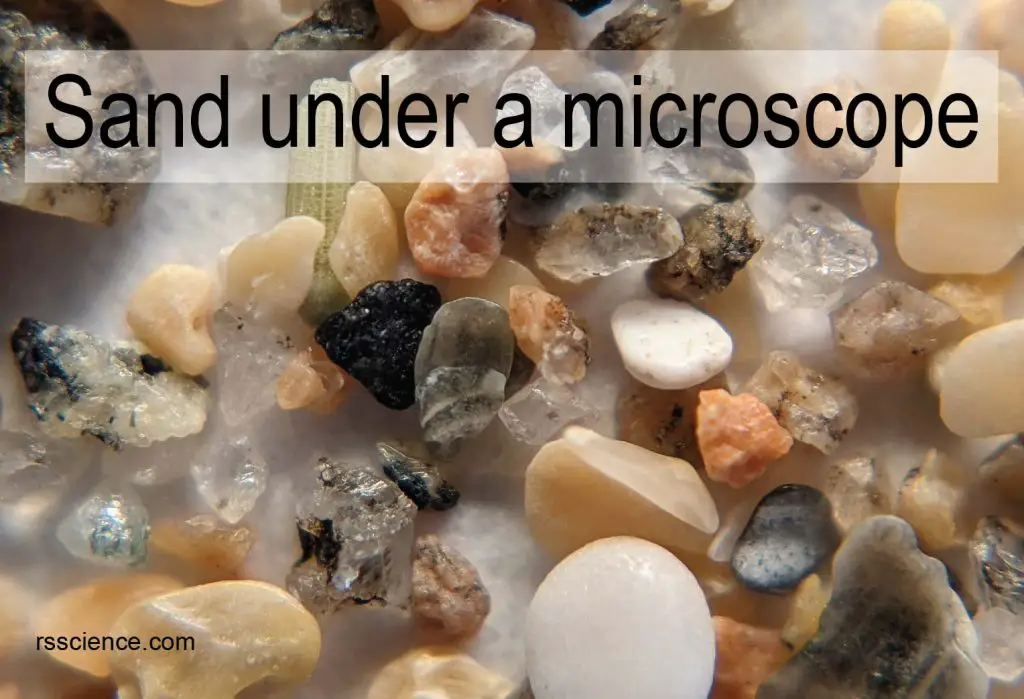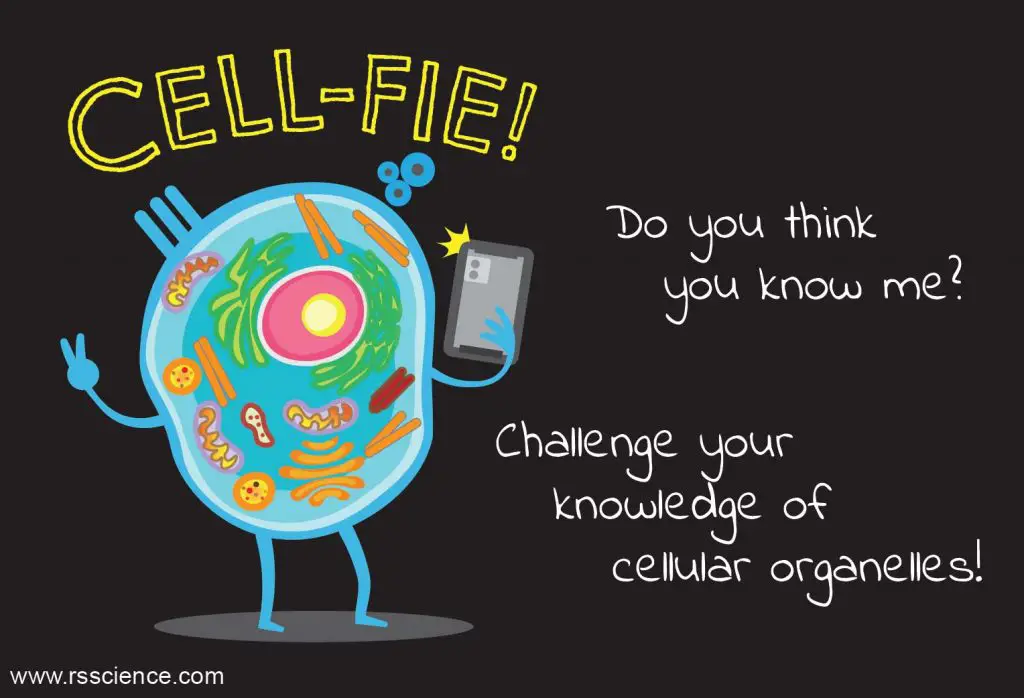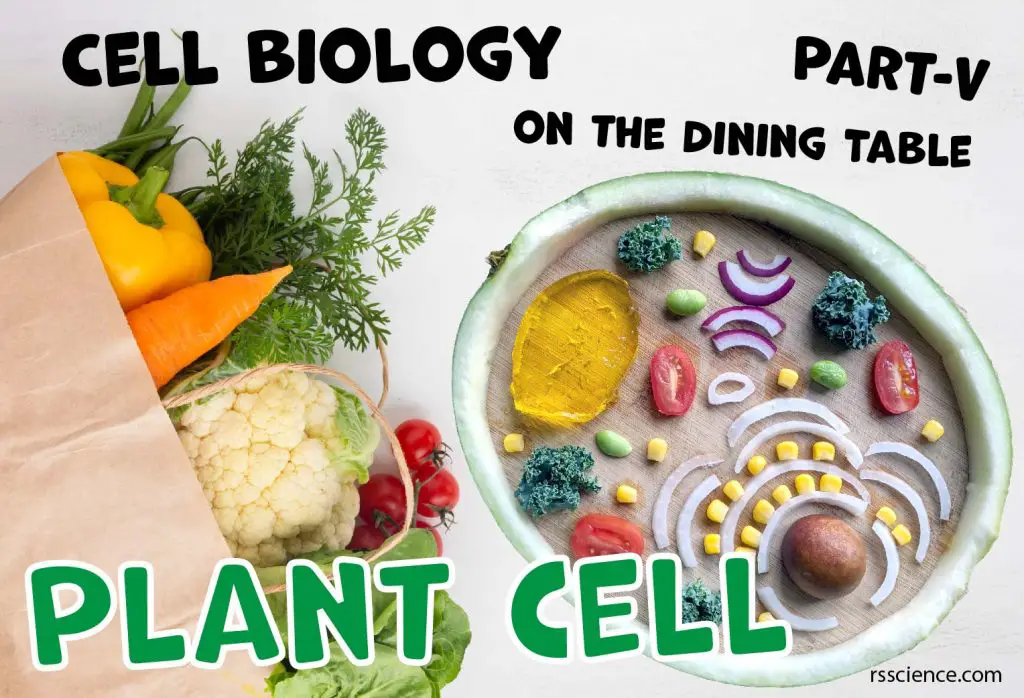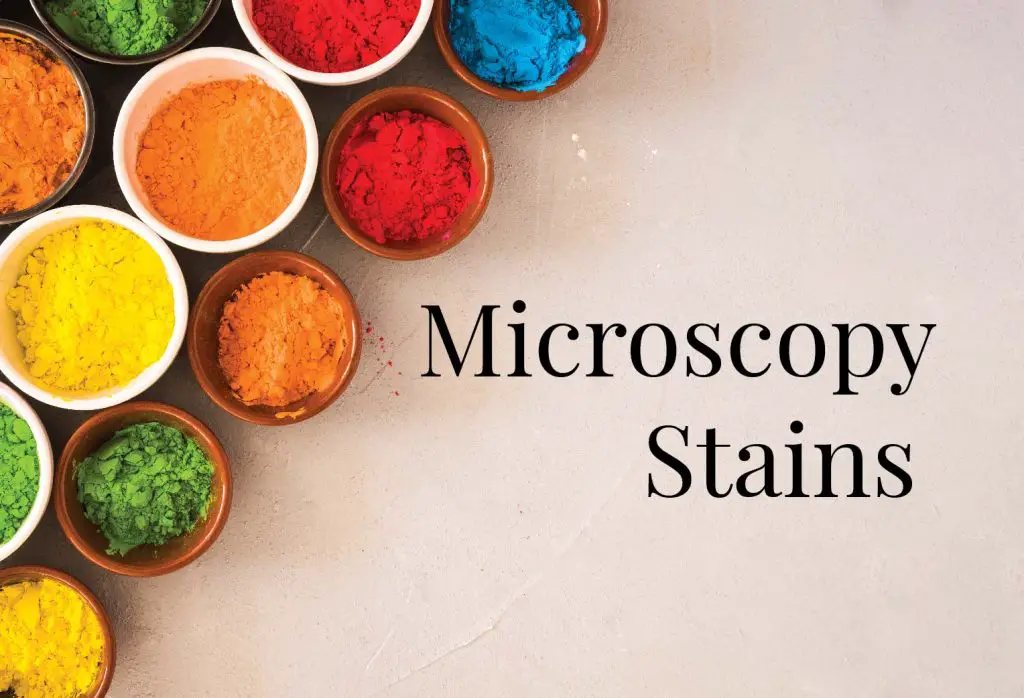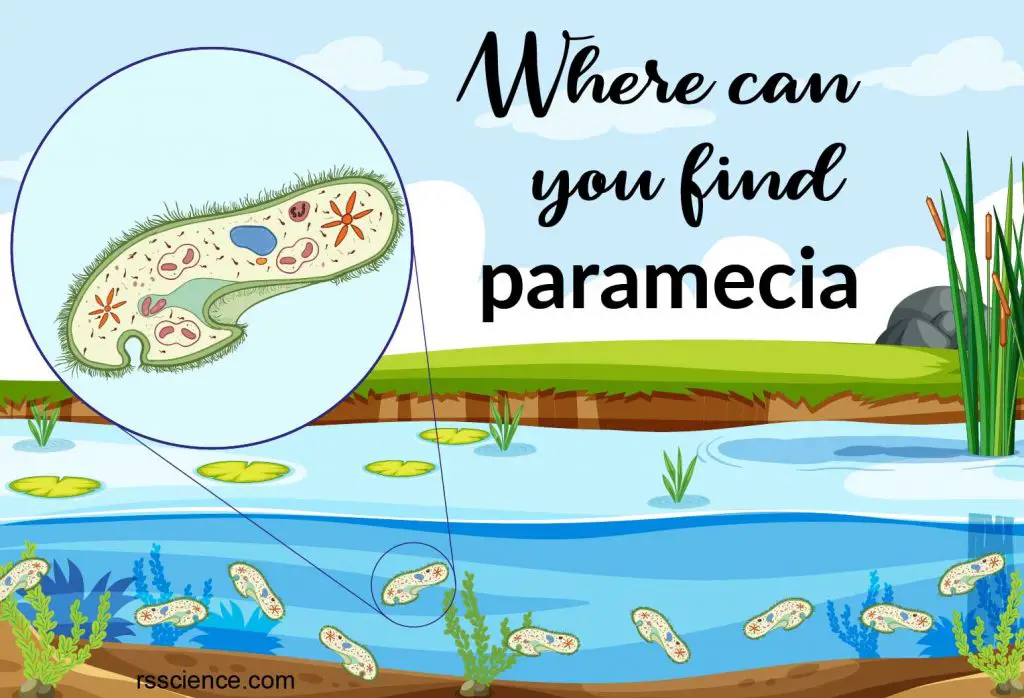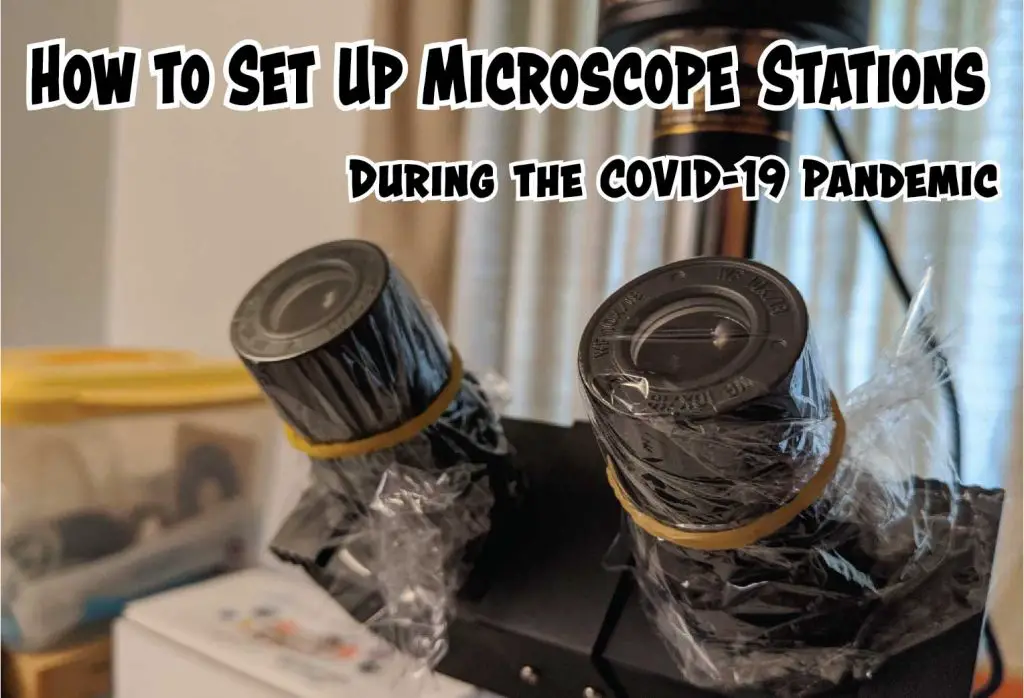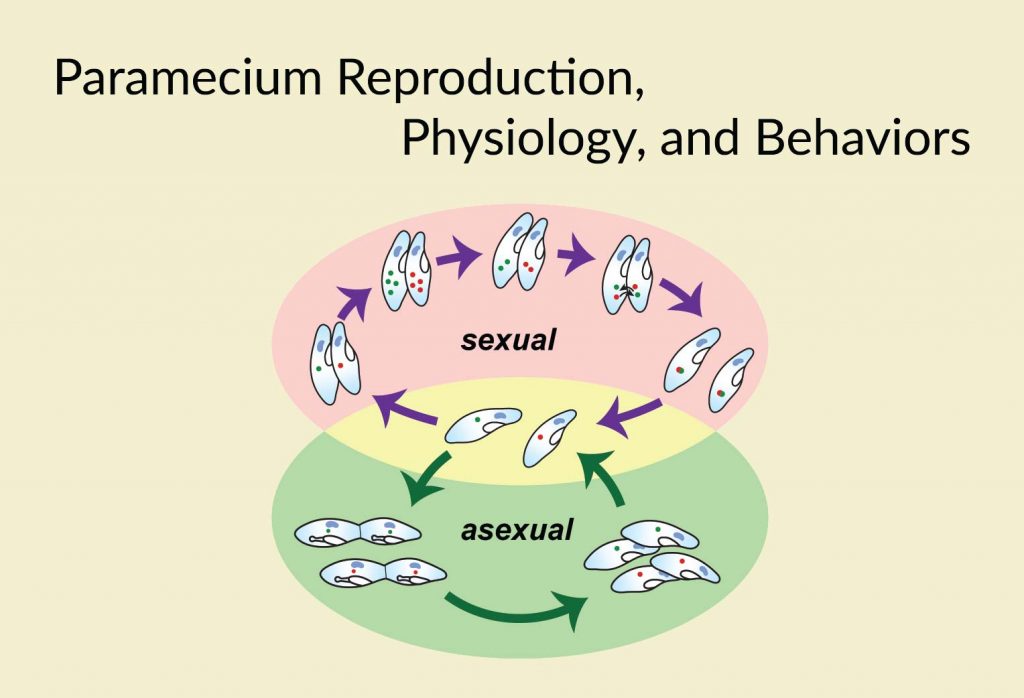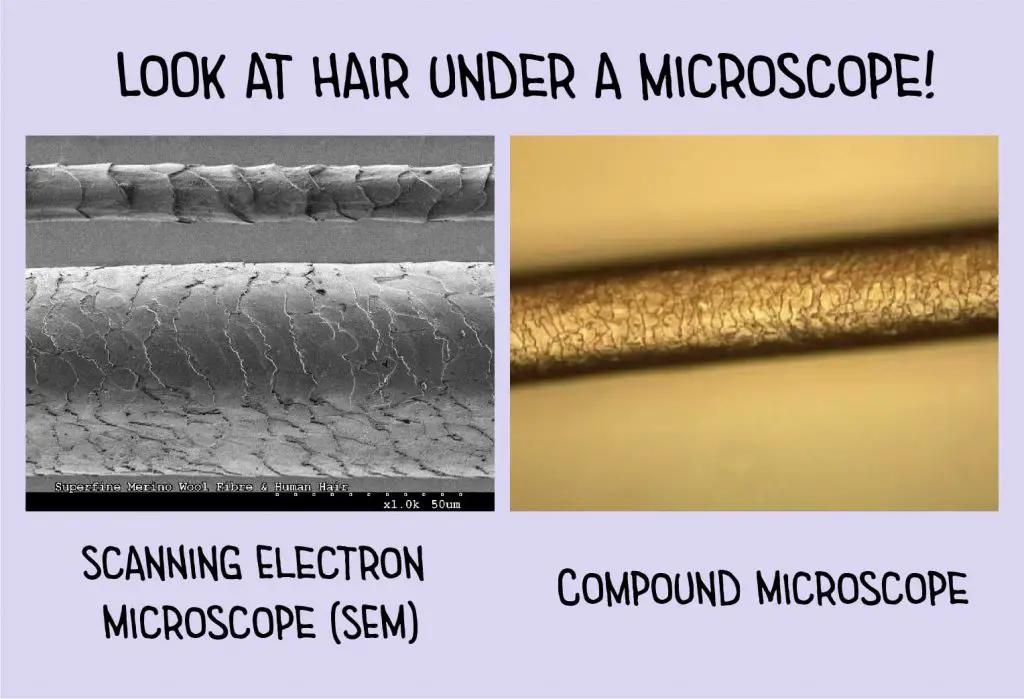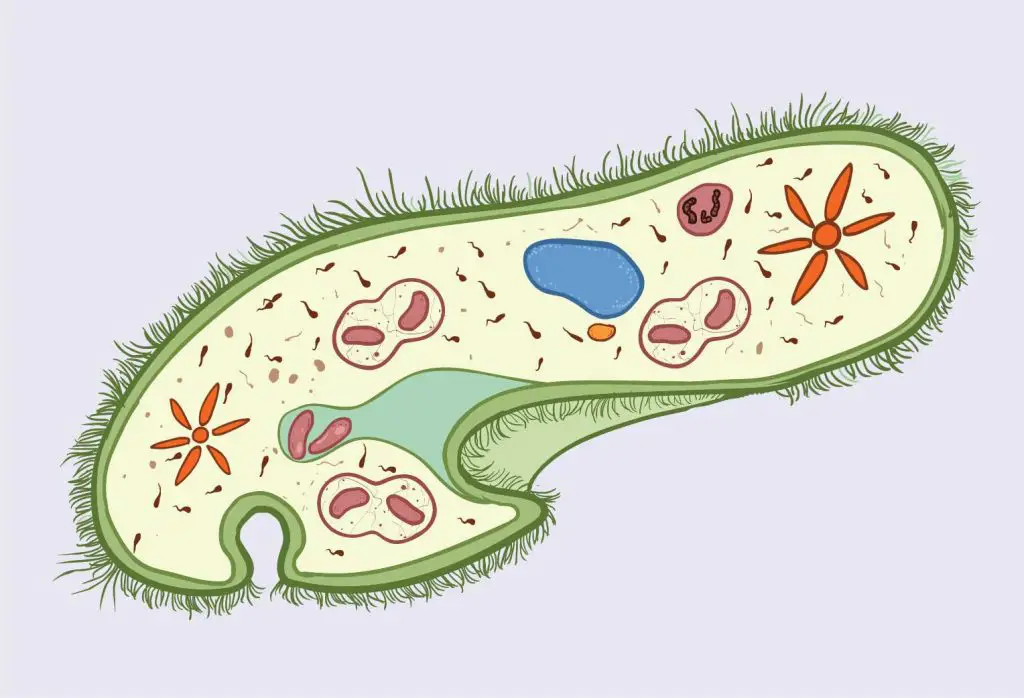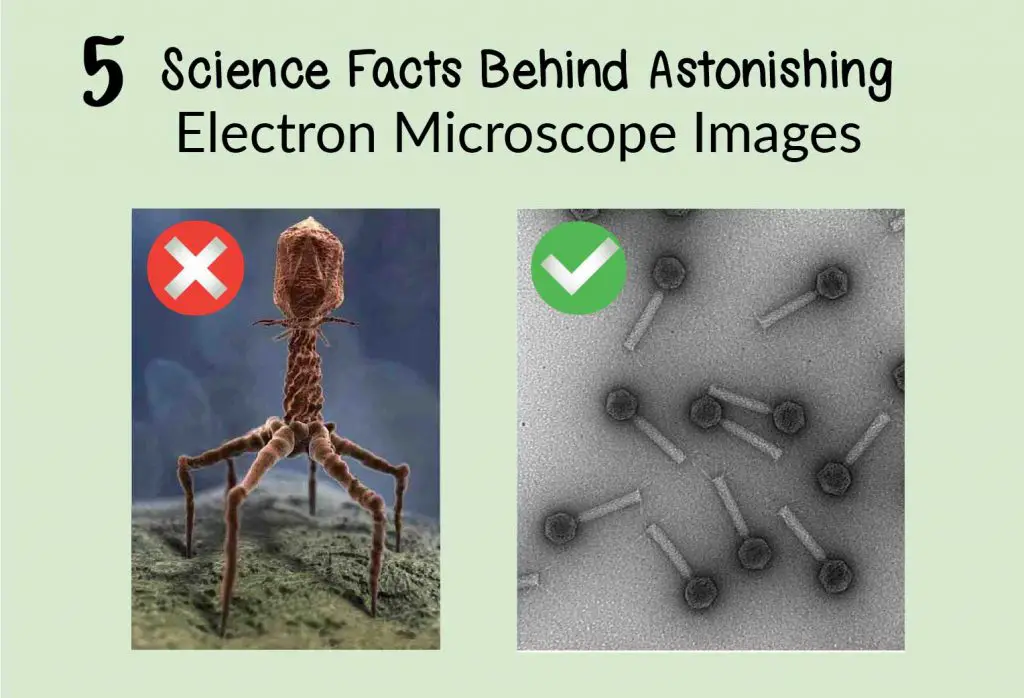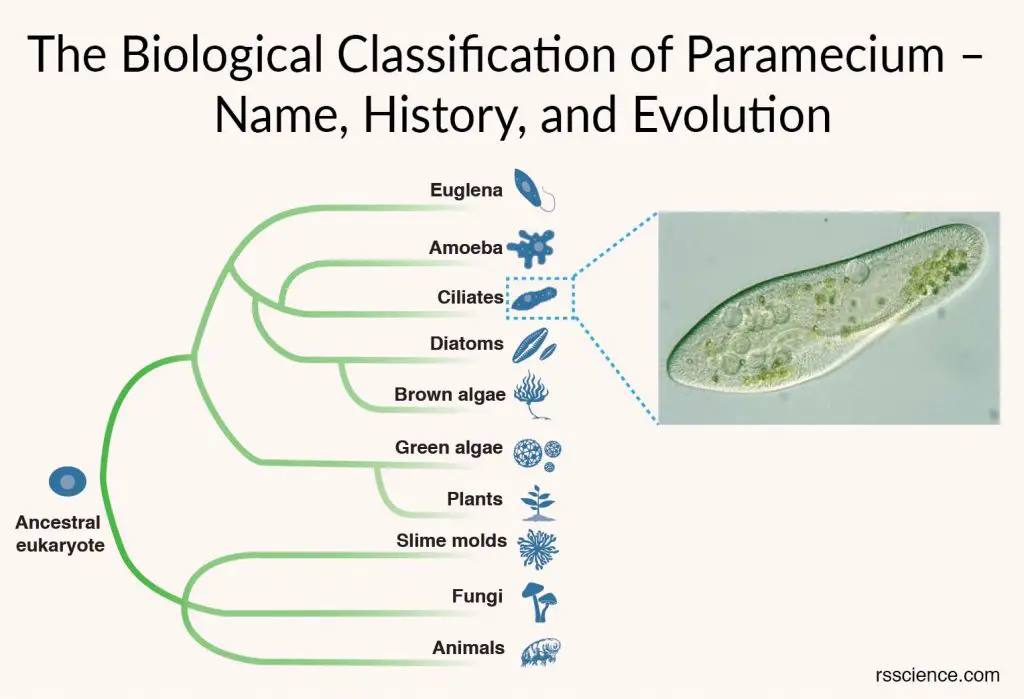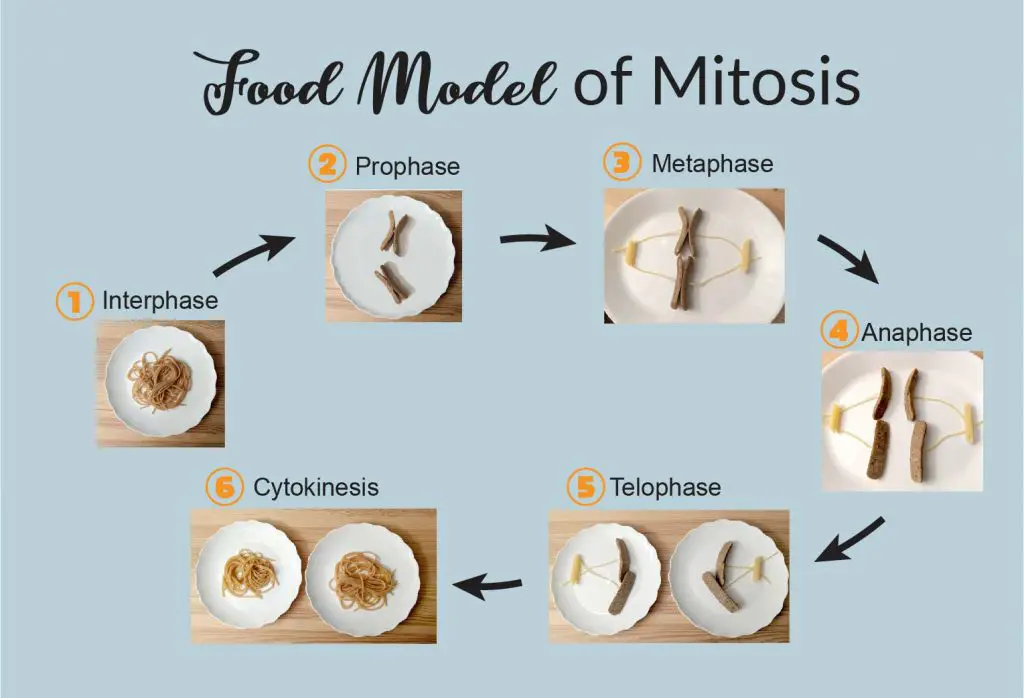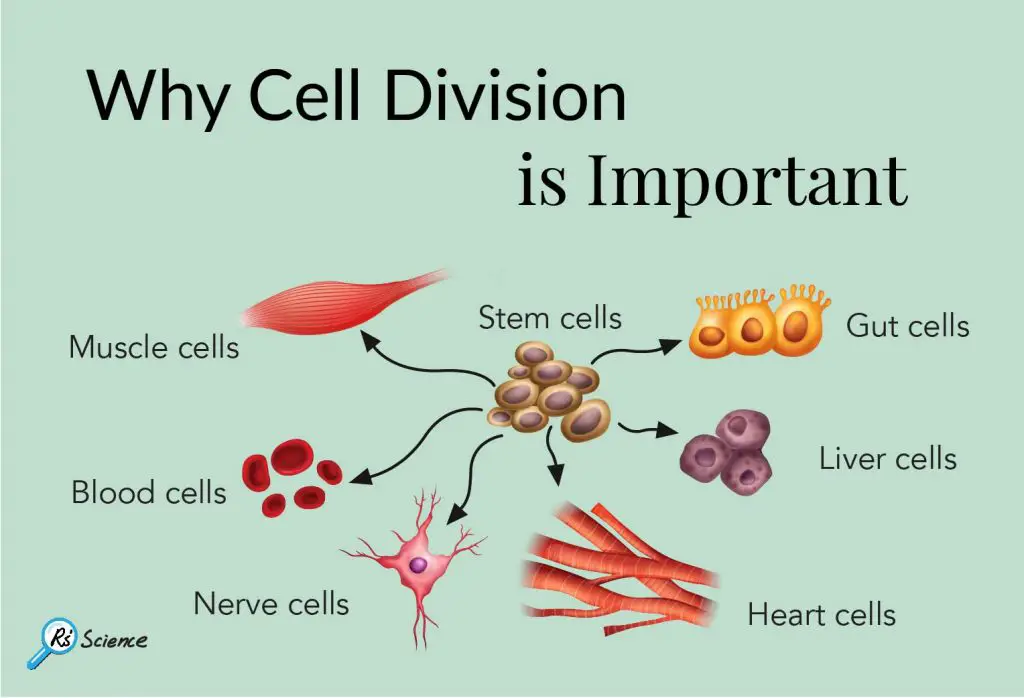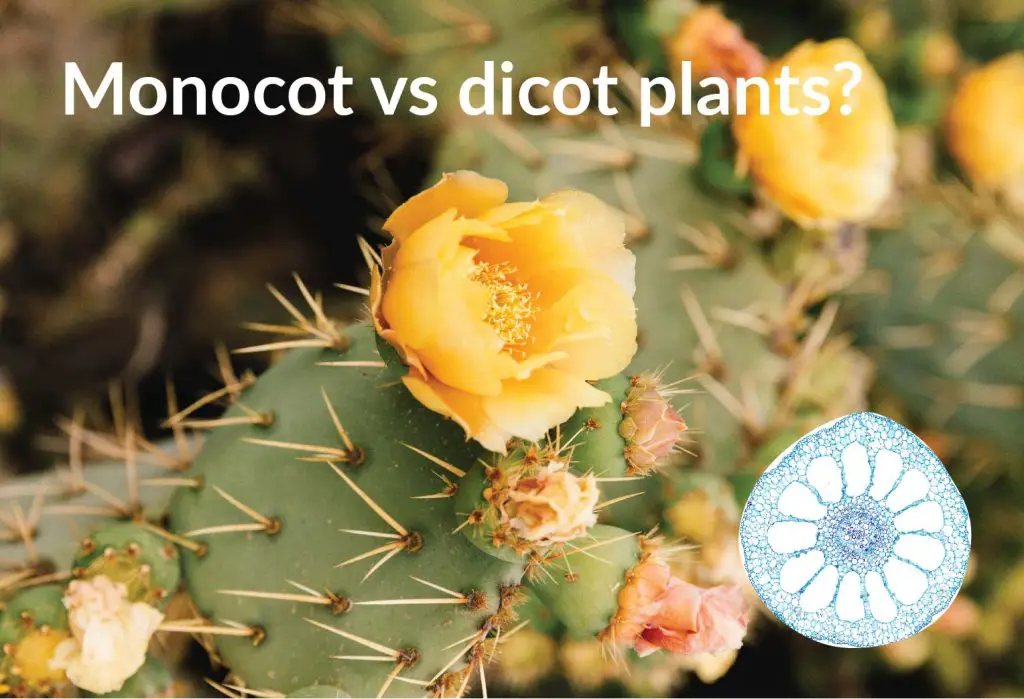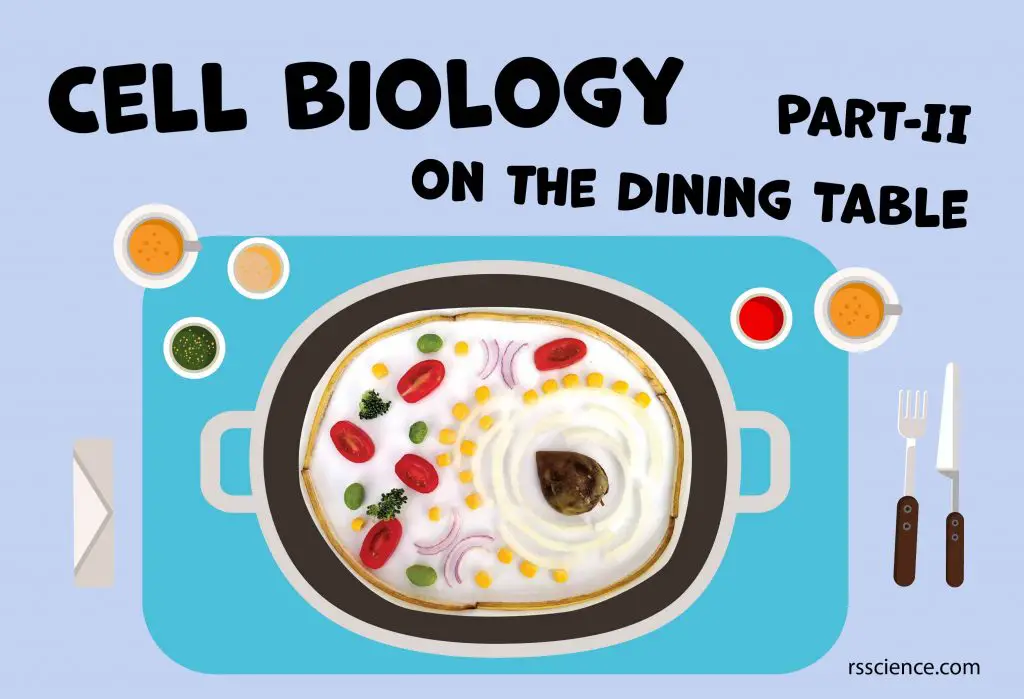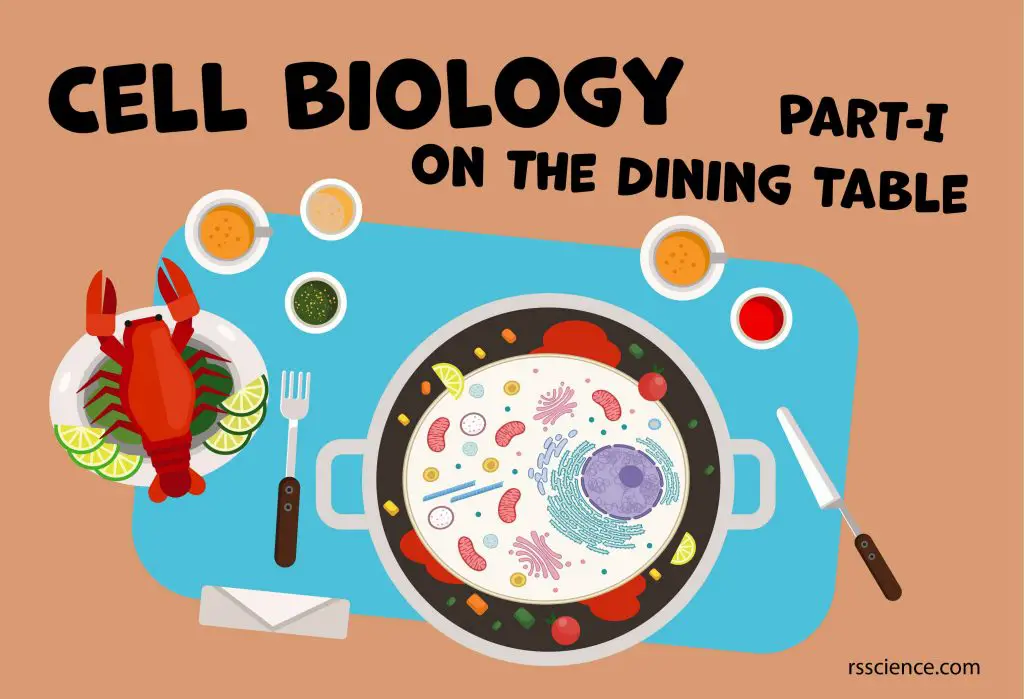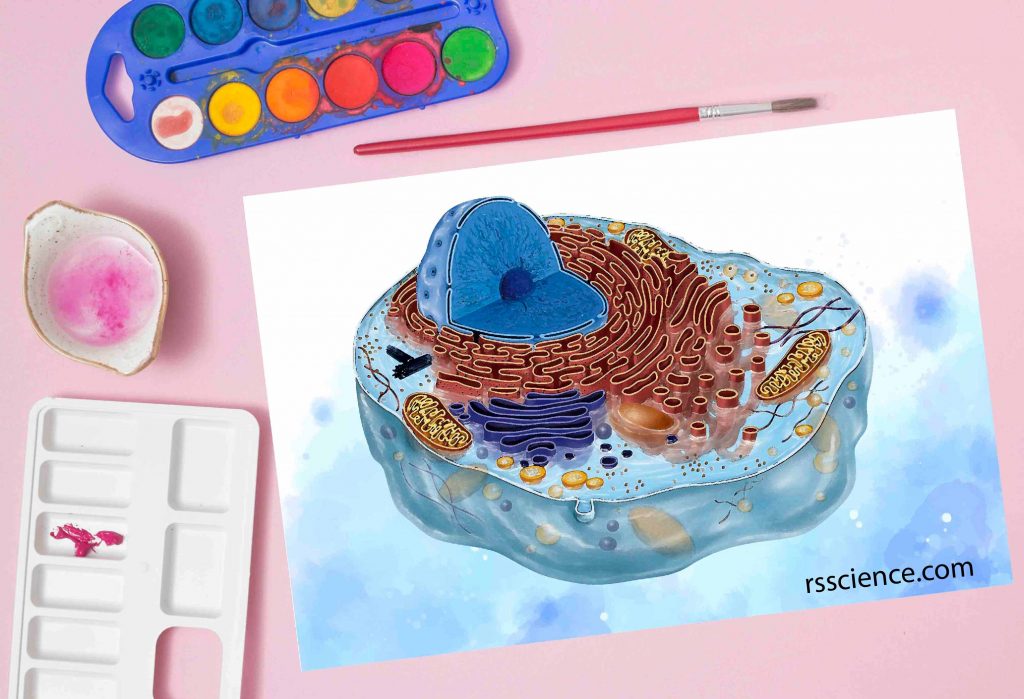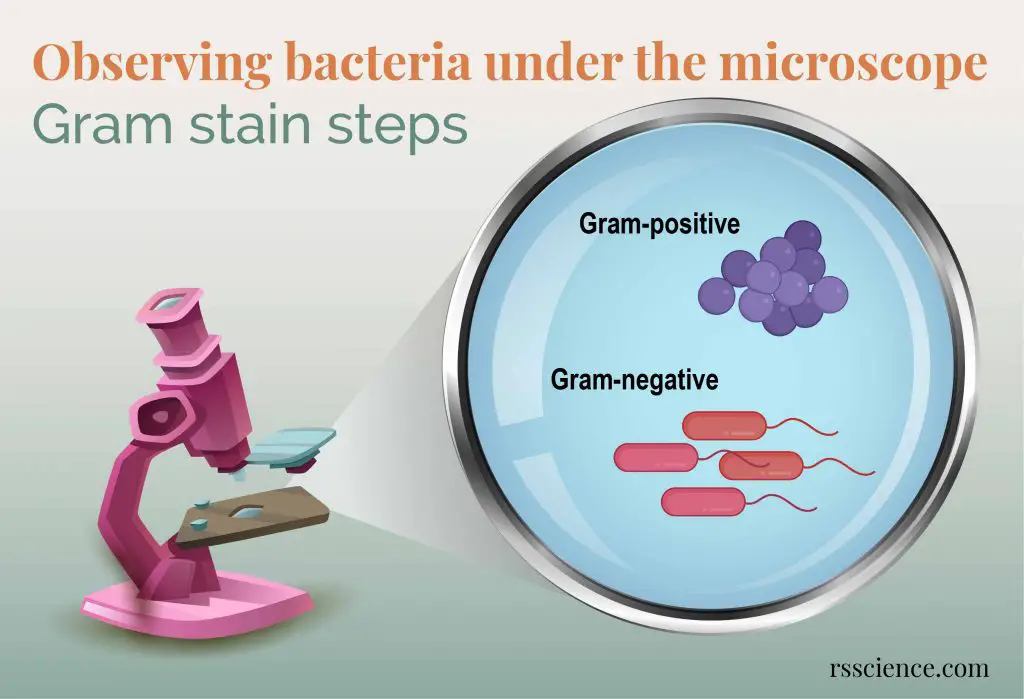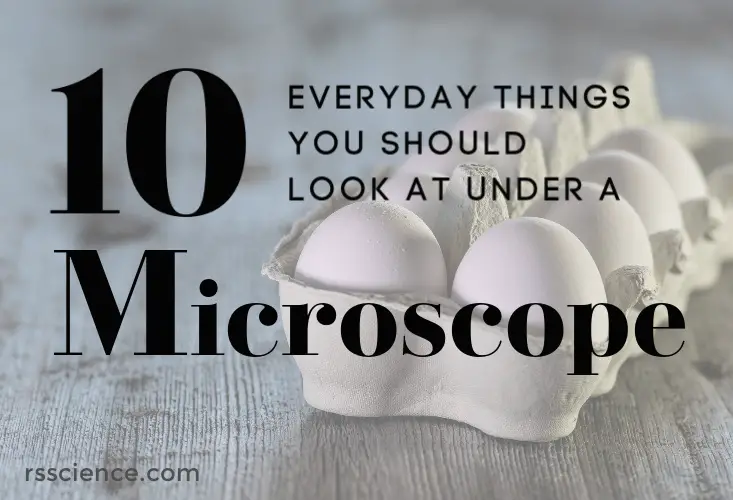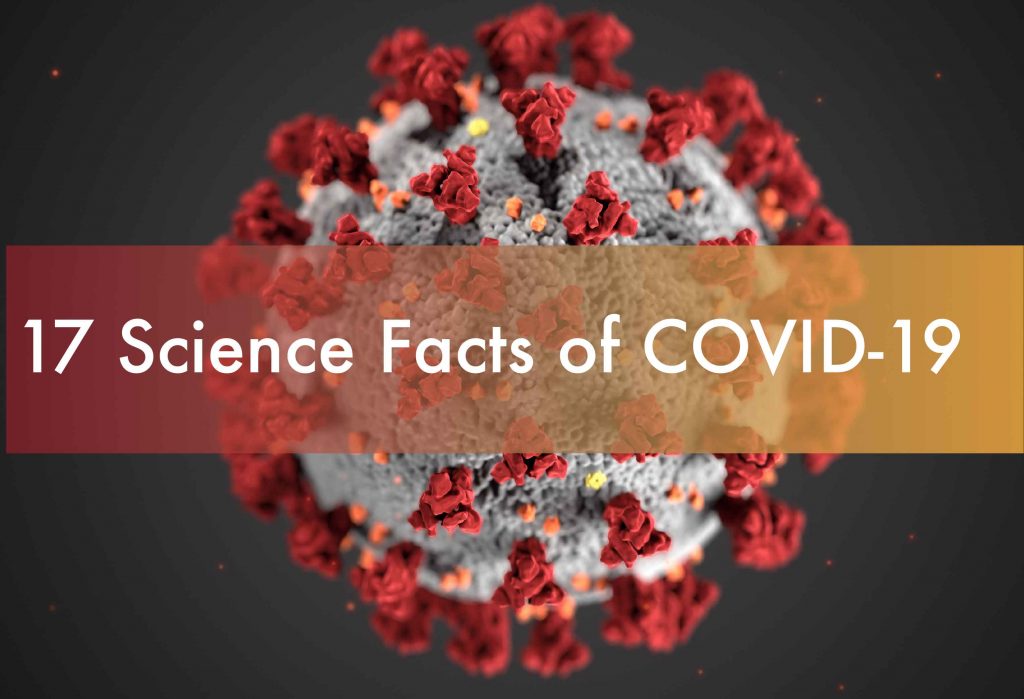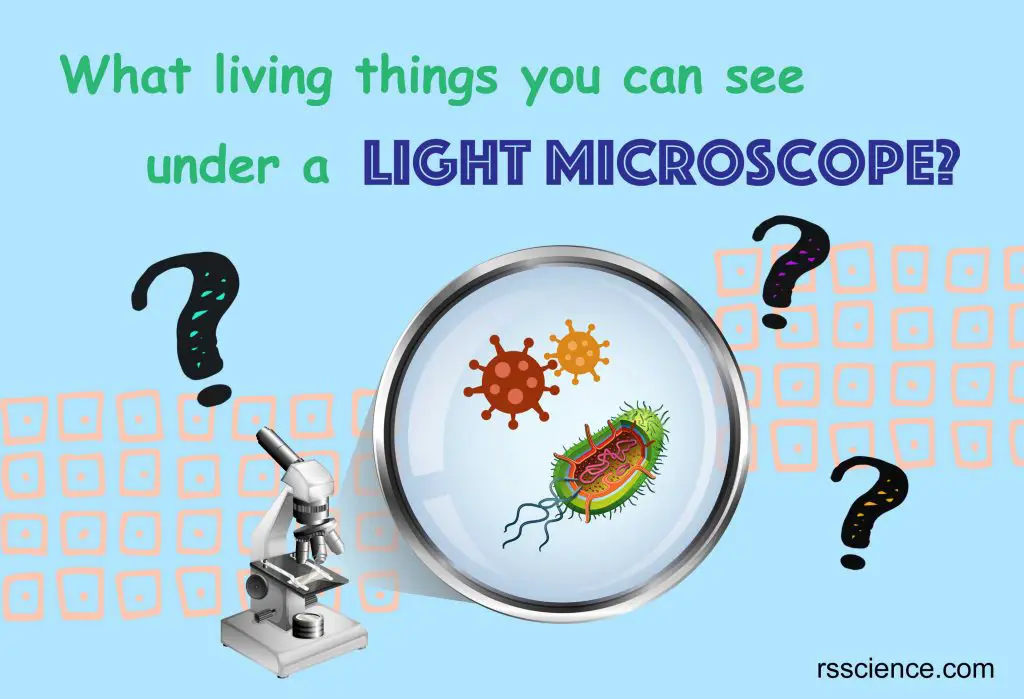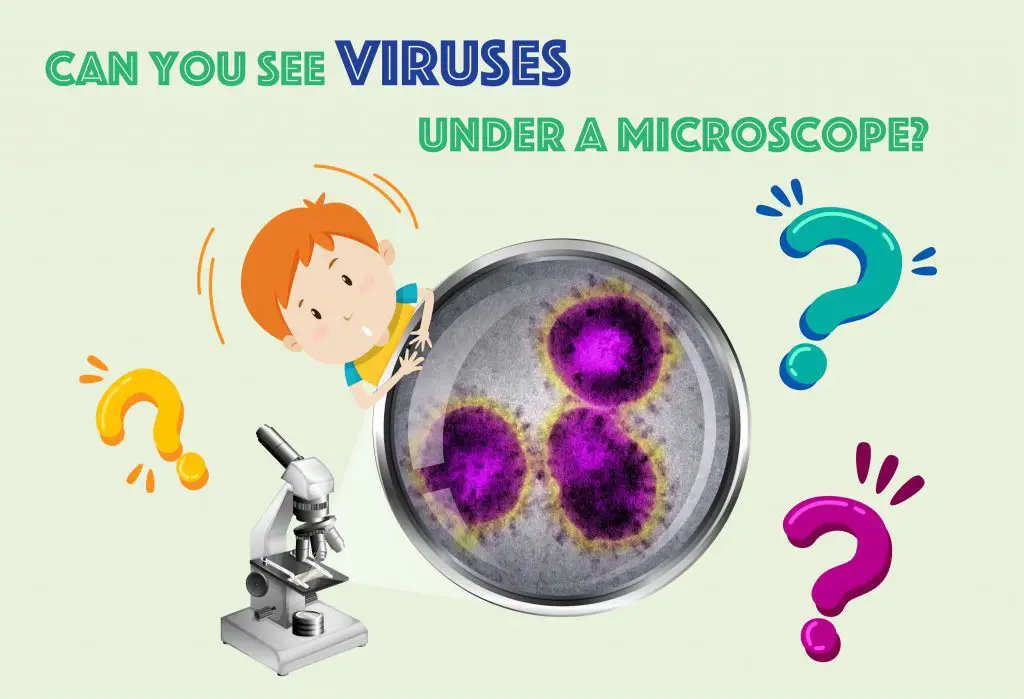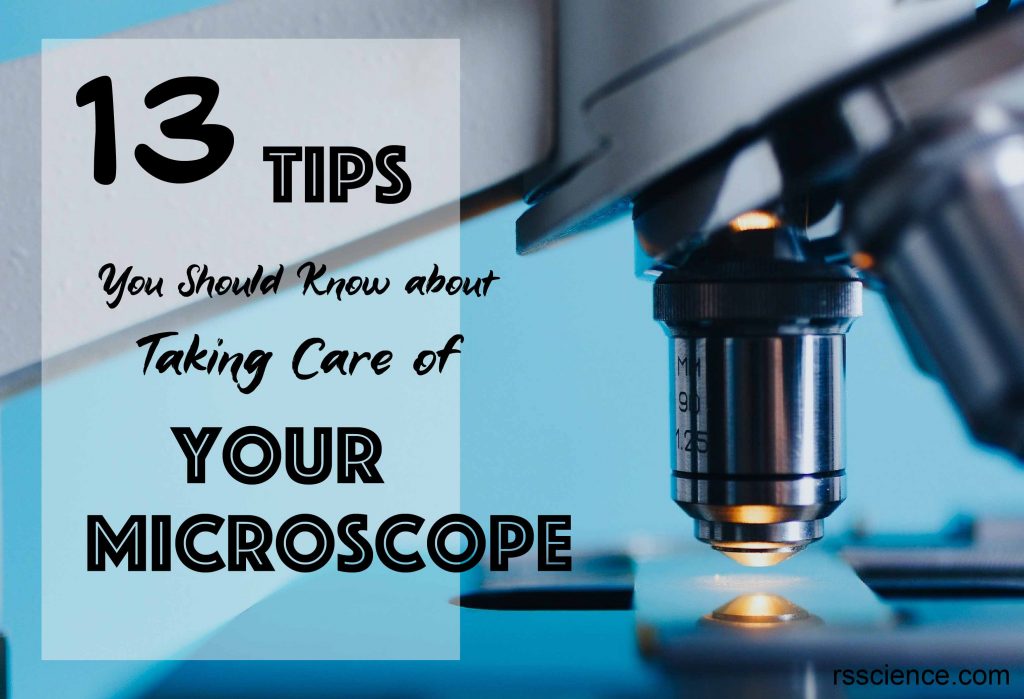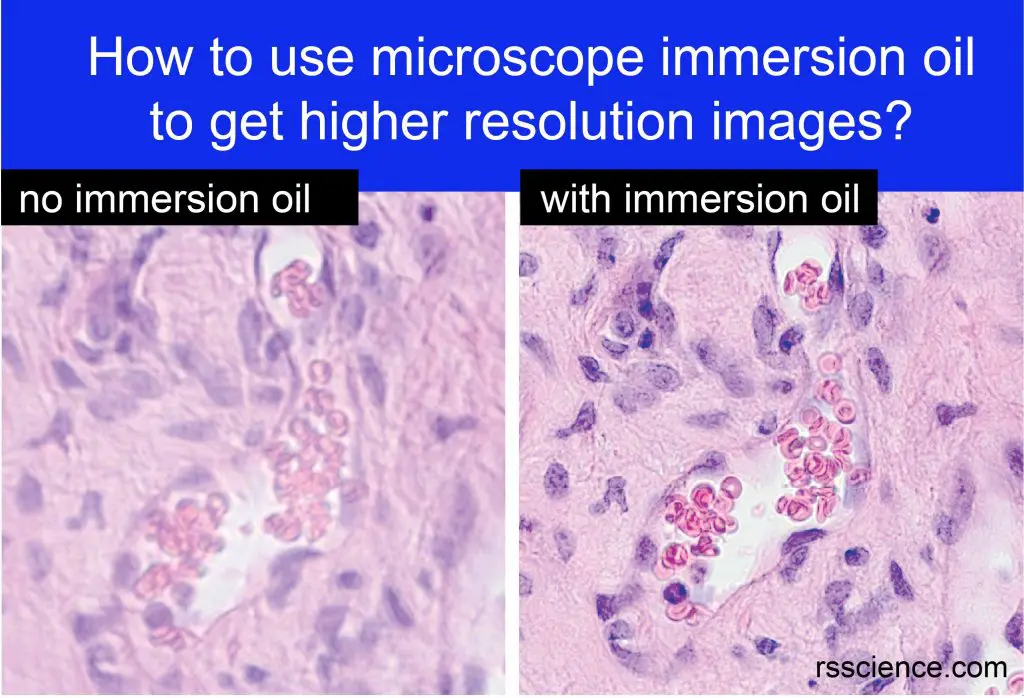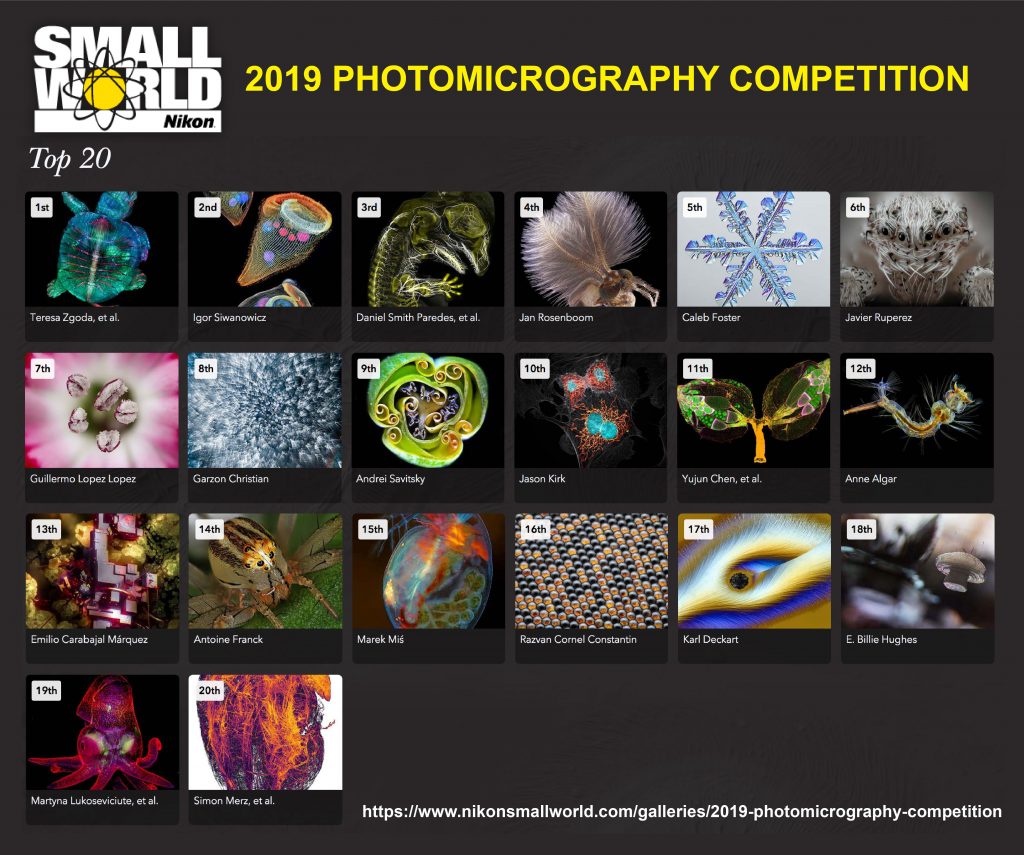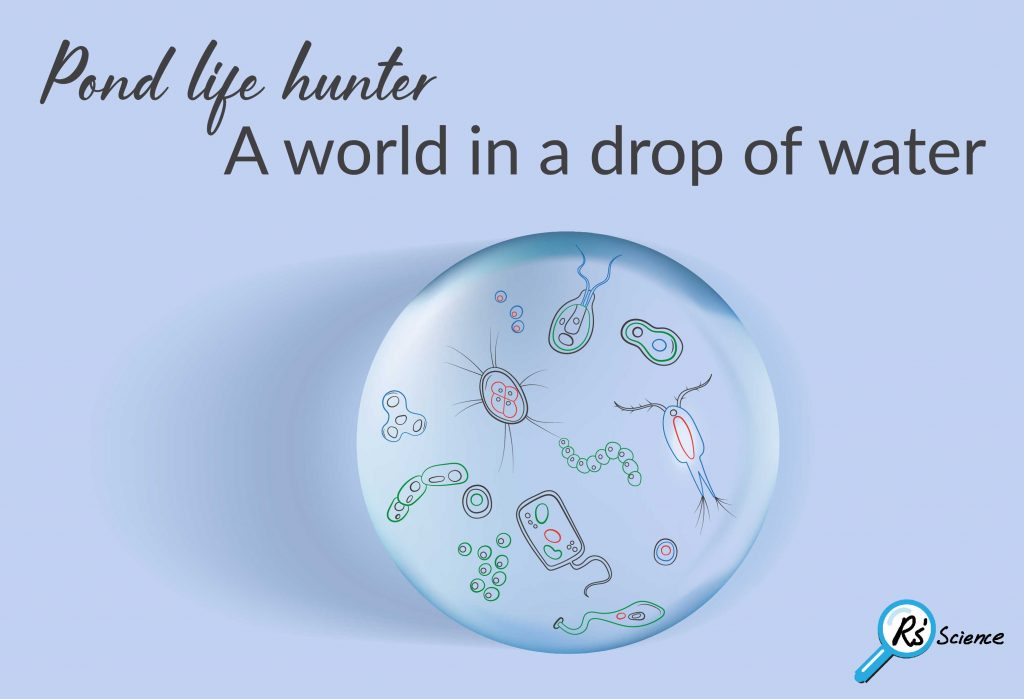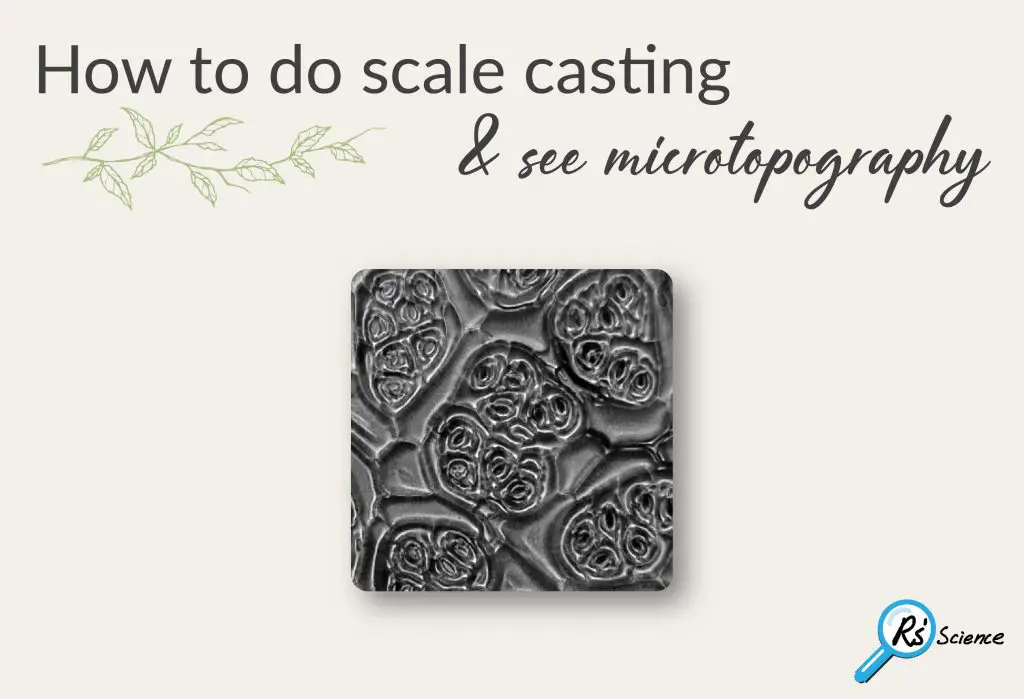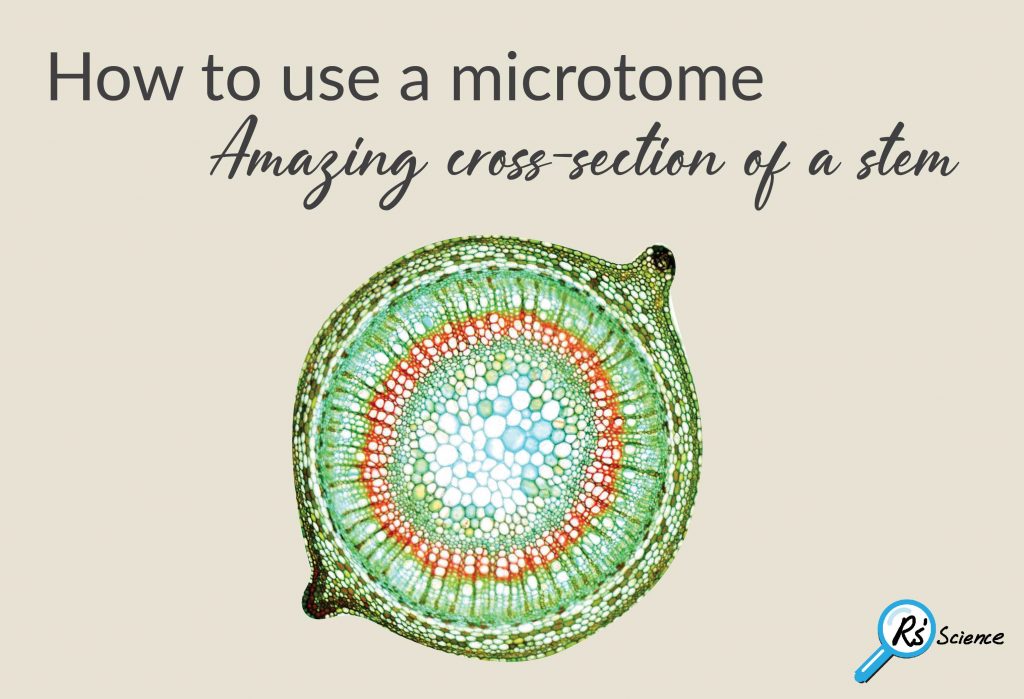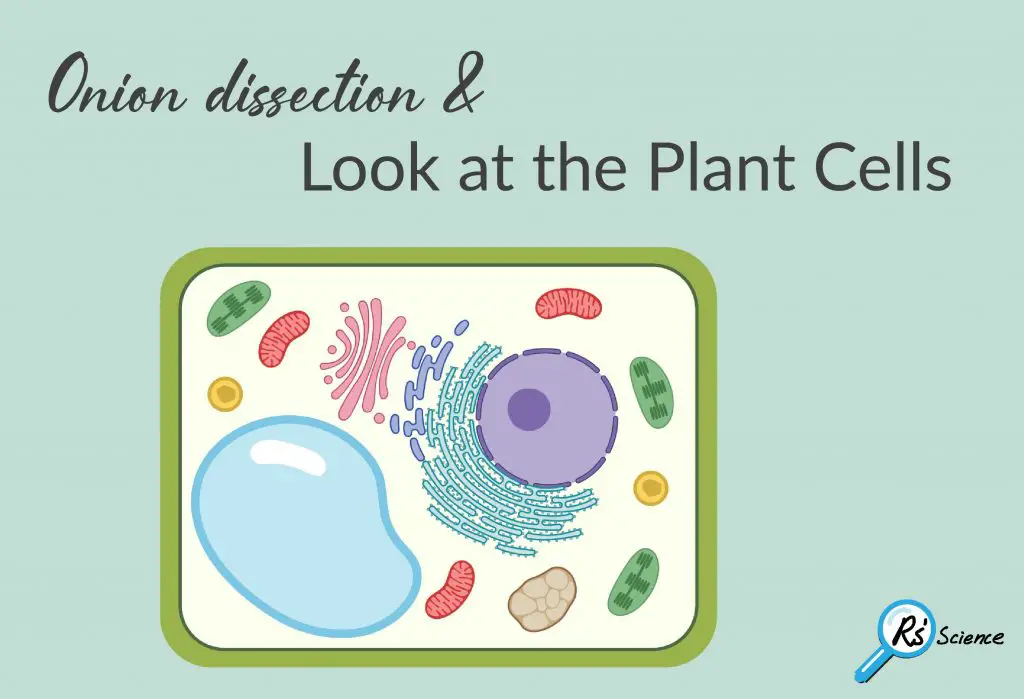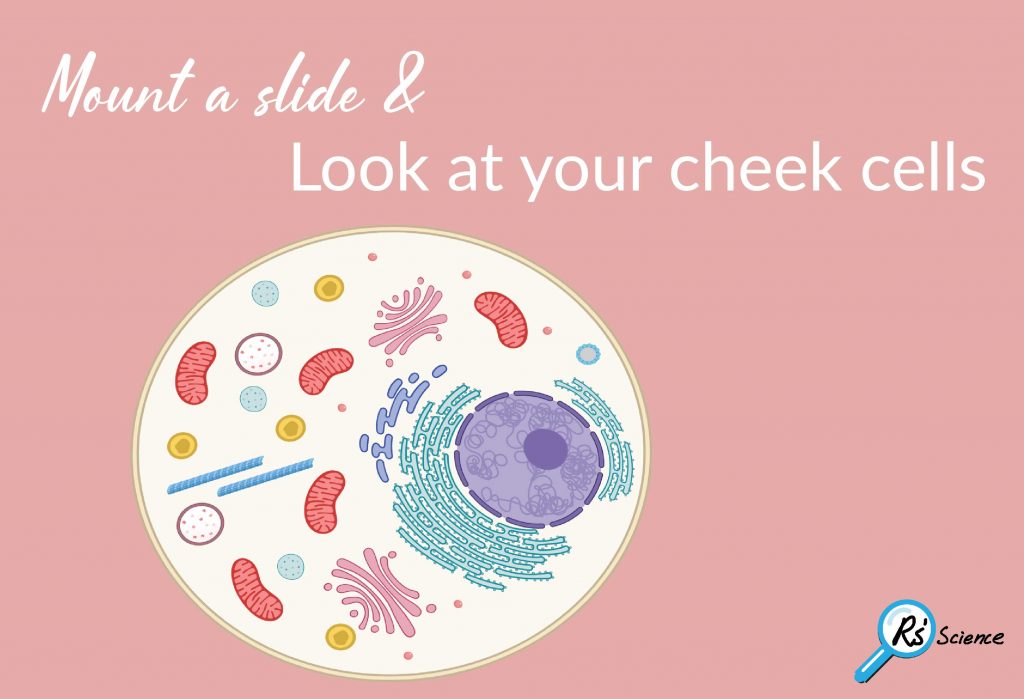Gene therapy is a medical treatment that involves introducing or altering genes within a person’s cells to treat genetic disease and some types of cancer.
Mold is a type of fungus that grows in multicellular fiber-liked structures called hyphae and reproduces by spreading spores.
Amoeba is a group of primitive protists. They move through extension and retraction of their “false feet”, thus changing their shape as they move. This …
Cell culture is a technique to grow and maintain cells in a Petri dish or flask, which allows for studying the growth, development and other …
A feather is a light, strong structure that grows on the skin of birds. Their function includes flight, insulation, waterproofing, display, intimidation, and camouflage.
A picture is worth a thousand words. I want to share with you 6 science humor images that make me smile. – and also the …
Thousands of tons of star debris fall on Earth annually. You can use a strong magnet to find micrometeorites in your backyard or local park.
Fish scales are produced from the inner layer of fish’s skin, and their function includes protection, reflecting light, and reducing water friction.
A tide pool is an isolated pocket of seawater found in the ocean’s intertidal zone where many marine creatures live, such as snails, barnacles, mussels, …
Corals are marine animals that resemble miniature sea anemones. The soft, jelly-like body of an individual cnidarian animal is called a polyp.
Epithelial tissues are classified by the number of cell layers (simple, stratified, pseudostratified), the cell shapes (squamous, cuboidal, columnar), and the functions of the cells.
Epithelium (plural = epithelia) is a protective, continuous sheet of compactly packed cells. It covers all internal and external surfaces of our body and lines …
Cori cycle is to get rid of the lactate, which is generated by muscle contracting (exercise), a byproduct of anaerobic respiration.
Chromosomes are made up of bundles of tightly coiled DNA molecules and proteins called histones. In eukaryotic cells, chromosomes are stored in the nuclei.
Flagella and cilia are two types of cellular structures that allow movement in most microorganisms and animal cells, but not in high plant cells.
Synura is a small group of golden-brown algae found mostly in freshwater. They are covered in silicate scales and tends to aggregate and assemble into …
Daphnias, also called water fleas, are small planktonic crustaceans. Its body is usually 0.2–6.0 mm long and enclosed in a transparent shell.
Wilson A. Bentley took the first photograph of a snowflake under a microscope. His collection was full of perfectly symmetrical, yet unique six-sided crystals, our …
Agatized fossil coral is a natural gemstone with a beautiful flower pattern that resembles the appearance of individual coral polyps.
Transcription is the process of making an RNA copy of a DNA segment. This copy is called a messenger RNA (mRNA) molecule.
Functionally, USB digital microscopes are similar to stereo microscopes, ideal to view 3D objects. This article review XClifes LCD Digital Microscope.
All animals are members of the Kingdom Animalia. Examples of Phylum include Chordata, Arthropoda, Mollusca, Cnidaria, Echinodermata, Nematoda, Annelida, Platyhelminthes, Nematomorpha, Porifera, Rotifera, Tardigrada, and Gastrotricha.
All animals are members of the Kingdom Animalia and It is estimated that around 9 or 10 million species of animals inhabit the Earth.
Bacteria and archaea are single cell prokaryote. They are similar in sizes, shapes, reproduction, and habitats. They differs in cell wall and membrane compositions.
Archaea are single cell organisms without a nucleus and other membrane-bounded organelles. Archaea are not closely related to the bacteria but are more closely related …
Bacteria are single-celled microorganisms. Because they don’t have nuclei or membrane-bound organelles, they are classified as “prokaryotic cells”.
A fragment of planarian can regrow into a new animal in two weeks. Genes such as notum and wnt1, instruct the planarian where to …
Animal and plant cells are eukaryotic cells. They all have nuclei, cell membranes, and organelles (ER, Golgi, ribosomes, and mitochondria). The structures only in plant …
Microscopes are wonderful gifts to inspire young kids to fall in love with science. It is such a simple but essential tool that opens the …
Planarians are a group of free-living flatworms. They have a remarkable ability to regenerate an entire worm from just a tiny fragment of the original.
Hydras are classified under the phylum Cnidaria; some of its relatives are jellyfish and sea anemones. A hydra has many tentacles around the mouth opening.
Why the Biological Scale is Important? Knowing what you can see and what you cannot see, choosing the right tools, better idea for their size …
From the diameter of DNA molecules (2 nanometers) to the height of an adult (1.75 meters), the length scale in biology is across 9 orders …
What are red blood cells – an overview
Red blood cells (RBCs, also called erythrocytes) are the most abundant blood cells. Their function is to carry …
White blood cells are a critical part of our body’s immune system. Types of white blood cells include neutrophils, eosinophils, basophils, monocytes, and lymphocyte.
Guide to plant anatomy and biology using microscope premade slide sets. We can observed roots, cross section of stems, leaves, pollen grains and seeds.
Autotrophs and heterotrophs are two nutritional groups in ecosystems. Autotrophs produce their own food whereas heterotrophs eat other organisms as food.
Cells need proteins to perform their functions. Amino acids codon chart (codon table) is used for RNA to translate into proteins. Amino acids are building …
Red algae, also called Rhodophyta, are a large group of eukaryotic organisms that can photosynthesis. Their red color results from the red pigments – phycobilins, …
Nucleus is a double-membrane organelle, and it controls cell activities and carries genetic information to pass to the next generation.
Ribosomes are complex molecular machines that make proteins inside cells. Ribosomes consist of two subunits – larger and smaller, made by a complex of RNA …
Stentors are one of the biggest single-cell microorganisms. They also have fascinating avoidance behaviors, implying that they can change their mind.
Stentor, also called Trumpet Animalcule, is a single cell protist. They have a horn-shaped body with cilia uniformly cover the most surface area.
Vorticella is a type of ciliate protozoans. They are tiny, single-cellular, and animal-like microorganisms with a bell-shaped head and a long stalk that anchor its …
Induced pluripotent stem cells (iPSCs) are pluripotent stem cells that can be generated and reprogrammed directly from somatic cells.
The plastic-eating bacteria, called Ideonella sakaiensis 201-F6, can secreate enzymes (PETase and MHETase) to break down PET into smaller mononers.
Petals are modified leaves that surround the reproductive parts of flowers. They are often brightly colored or unusually shaped to attract pollinators.
1. Identify lives belonging to each of the Five Kingdoms; 2. See how lives survive the winter and wake up in the spring; 3. Discover …
What is a Volvox? A quick overview
Volvox is a genus of green algae. Volvoxes are free-floating single-cellular algae but typically stay together as spherical colonies …
Cardiomyocytes are the muscle cells that make up the heart muscle. Cardiomyocytes go through a contraction-relaxation cycle that enables cardiac muscles to pump blood throughout …
Pollen grains are the male gametophytes, and they are formed in anthers, the male parts of flowers. Each pollen from different species bears unique appearances.
A Stereo microscope is like a powerful magnifying glass, good for thick and solid specimens for observing the surface textures with 3D vision.
Common examples of monocots are corn, rice, wheat, orchids, bamboos, and bananas. Dicots are Roses, sunflowers, chrysanthemums, and sunflowers.
A centrosome comprises two centrioles that serve as microtubule organizing center (MTOC). Its function is to attach to the centromeres of sister chromatids, and separate …
The cytoskeleton is a network of filament proteins that extends throughout a cell. It gives cell shape, organizes organelles, involves molecule transport, cell division, cell …
The cell membrane is a lipid bilayer that separates the interior of cells from the outside space and protects the cells from the surrounding environment.
Endoplasmic reticulum (ER) is an internal membrane that forms branching networks of many interconnected sacs and tubes inside cells. Rough ER stays closer to the …
The peroxisome is a spherical membrane-bound organelle responsible for the fatty acid breakdown and the conversion of hydrogen peroxide into water and oxygen.
All living organisms fall into one of two categories: Eukaryotes (plants, animals, and fungi) or Prokaryotes (bacteria and archaea). Prokaryotes are unicellular organisms that don’t …
Kohler illumination is a technique that ensures even illumination of the specimens. It requires a collector lens, field diaphragm, condenser diaphragm, and condenser lens.
Microorganisms are microscopic organisms that include bacteria, archaea, and protist (protozoa, protophyta, and mold). They can be unicellular, multicellular, or cell clusters.
Tardigrades, also known as water bears, look like chubby, microscopic bears walking slowly with eight short legs. The tardigrade is a famous extremophile that can …
Rotifers are multicellular (~1000 cells) animals and 100-500 μm in size. Rotifers got their name because the movement of the coronae of cilia around their …
Lysosomes are small organelles that work as the recycling center in the cells. Many lysosomal digesting enzymes break down macromolecules, so they can be reuse …
Mitochondrion is a rod-shaped organelle and its function is to generate energy (ATP) for the cell. Mitochondria contain their own DNA that enconde 13 proteins.
Three types of microscopes: light microscopes (compound, stereo, inverted, fluorescence, confocal, and super-resolution microscope), electron microscope, and scanning probe microscopes.
A simple microscope is the earliest type of microscope. It has only one lens and functions as a magnifying glass. Compound microscopes use two convex …
Microscope parts include eyepiece (10x), objective lenses (4x, 10x, 40x, 100x), fine and coarse focus, slide holder, condenser, iris diaphragm, illuminator, and specimen stage.
A microscope is an instrument to see objects that are too small to be seen by the naked eye. Microscopes are made up of a …
Green algae are a diverse group of photosynthetic eukaryotic organisms. It includes unicellular and multicellular algae, such as seaweeds.
Euglena is a single-celled eukaryote with flagella and it shares some characteristics of both plants (chloroplasts) and animals (flagella and eating).
Ferns are vascular plants. Unlike other vascular plants that reproduce via seeds and flowers, ferns reproduce via spores and have neither seeds nor flowers.
The vacuole is a membrane-bound organelle that is present in all plant cells. The main function is for storage, defense, and acting as a space …
The chloroplast main function is to convert energy from the Sun into glucose for growth, a process called photosynthesis. They are in plants and certain …
A fluorescence microscope is an optical microscope that uses fluorescence instead of other light properties to generate an image.
Golgi apparatus is a membrane-bound organelle found in most eukaryotic cells. The function of Golgi apparatus is to process proteins and send proteins to different …
Cytoplasmic streaming is the movement of the cytoplasm within a cell. It plays an important role in transporting essential molecules across big cells.
Have you ever seen sand under a microscope? If not, come to join us. This post showed you how to observe sand under a microscope.
A cell organelle is a tiny cellular structure that performs specific functions within a cell, such as a nucleus, mitochondria, ER, ribosomes, lysosomes and Golgi.
Plant cells share many organelles in common with animal cells. There are three unique features in plant cells, cell wall, vacuole, and chloroplast.
Microscopy stains enhance the visualization of cells and cell parts under a light microscope. Methylene Blue, Eosin Y, Bismarck Brown Y, Janus Green B, Neutral …
We discuss the place where to find paramecium, how to make paramecium culture at home, how to look at paramecium under a microscope.
Our idea is to cover the microscope parts that each user may touch with plastic wrap. Between two users, the plastic wrap cover will be …
Paramecium reproduction, aging, learning and memory ability, movement, sensing, feeding behaviors, and their endosymbiotic relationship with algae.
Carefully lower the coverslip slowly with an angle. This permits air to escape from the other side so you can make a bubble free microscope …
This post discusses the biology, the structure, the stereo and compound microscopic view of hairs, and its application on forensic science.
Paramecium uses cilia for movement. It contains two types of nuclei, Macronucleus for gene expression and Micronucleus for genetic material storage.
Were images taken by electron microscopes? You will learn how to recognize images from EM and the difference between SEM and TEM.
Paramecium is a unicellular organism with a shape resembling a slipper and 50-300 µm in length. It belongs to Chromista kingdom.
Mitosis is a process of cell division, one cell divides and produces two new cells that are genetically identical.
Cell division is necessary for the growth of organisms, repair of damaged tissues, healing and regeneration, and reproduction.
Autophagosomes break down the misfunctioned organelles and recycle the nutrient. Endosomes bring outside material into cells.
I am often amazed by the delicate structure of the cross-section of the plant stems under the microscope. Various sizes of cells are arranged in …
Use this guide to build a creative animal cell model using household items. You will be amazed how much cell biology you will learn.
We choose fruit and vegetable to create our own cell model project. For example, we choose avocado seed for representing the cell nucleus.
A step-by-step guide to make your bacteria handprint. Bacteria colony morphology differs in shape, size, color, and margin.
Biological stains are used for better visualization of microscope specimens. Some pet medicine at your home and food-coloring dye can be used as well.
Bacteria are hard to see because they are tiny and colorless. One way is to use a Gram stain. The steps are crystal violet, iodine, …
They are cheek cells, onion skin, yeast cells, mold, eggshell membrane, water bears, pond water microorganisms, pollen, salt, sugar, pepper, and soap form.
Patients with mild or no symptoms can still spread their viruses. The current diagnosis method is Real-Time PCR and the antibody-based diagnosis is coming soon.
We found water bears on the dry moss, frozen lichens on the trees and rocks. In addition, we found rotifer, nematode, and ciliates.
Most cells are visible under a light microscope, but mitochondria and bacteria are barely visible. An electron microscope is required for virus and DNA.
No. Viruses are too small to be seen with an optical microscope. An electron microscope is required to see viruses.
How to choose the right microscope for your need. We discuss types of samples are suitable for the compound microscope vs. stereo microscope.
Best tips you should know to take care of your microscope. This post includes how to use oil lens and immersion oil to get higher …
Everything you need to know to use a hemocytometer to count cells, cell concentrations, cell viability, blood cell compositions and the number of sperms.
This post covers what is microscope immersion oil, why do you need it, when and how to use a microscope immersion oil.
Nikon is one of the world famous companies manufacturing camera and microscope. It recently announced the result of their annual Small World Photomicrography Competition, …
Microscopes are important to study biology. We discuss light microscopes, fluorescent microscopes, and electron microscopes.
A step by step guide for growing your own yeast and for counting the number of yeast cells using a hemocytometer.
We saw amazing plankton tiny creatures in pond life, including ciliates, rotifers, Amoeba, Tardigrades (water bears), worms, and planarians.
Guide to do scale casting with clear nail polish to see microtopography. We demonstrated plant leaves and hairs as examples.
A step-by-step guide to use a microtome to create an amazing cross section of plant stem.
Step-by-step guide for onion dissection to get plant cells, so you can look at plant cells under the microscope.
A step by step guide to show you how to mount a slide for microscope using your cheek cells as an example. We discuss the …
Prepare a working space and protect yourself. This is an essential step for all science.
A microscope guide for beginners: We discussed microscope parts; how to use a microscope; and the most common questions for microscopy.

